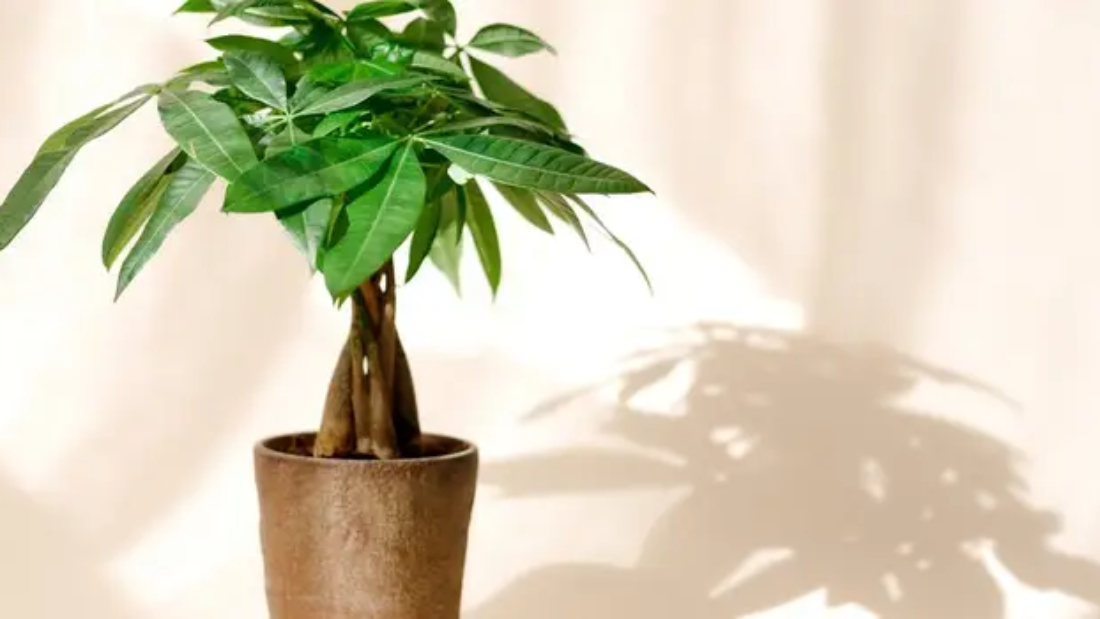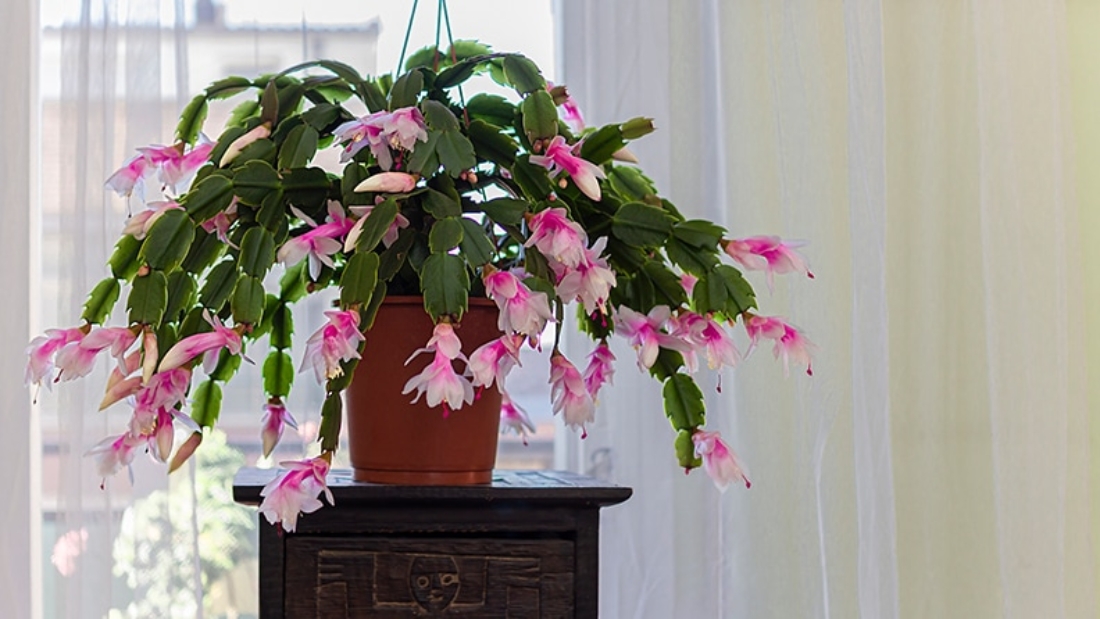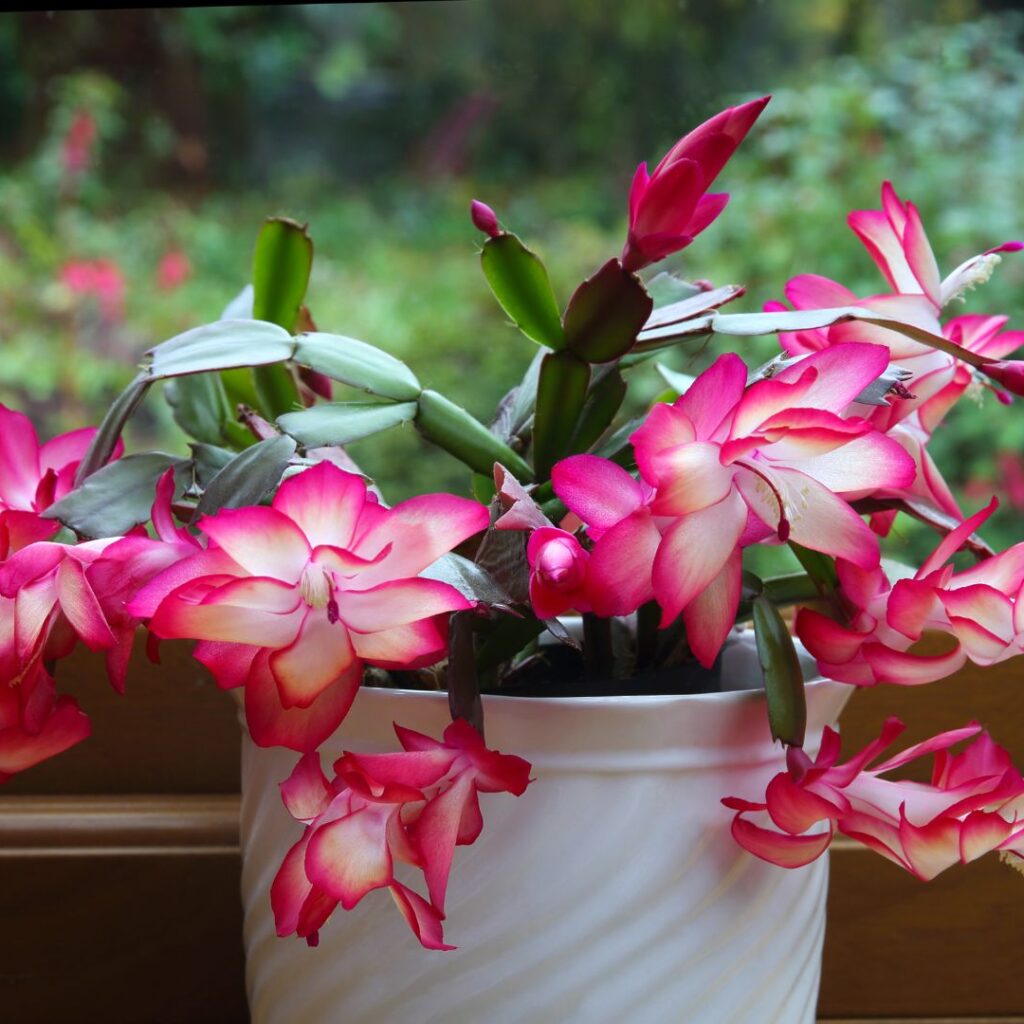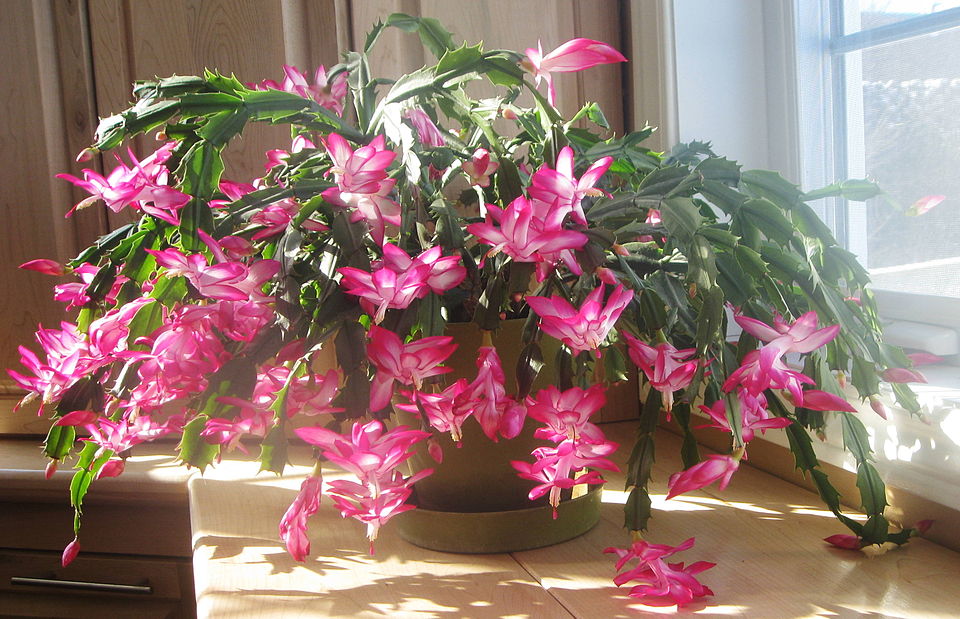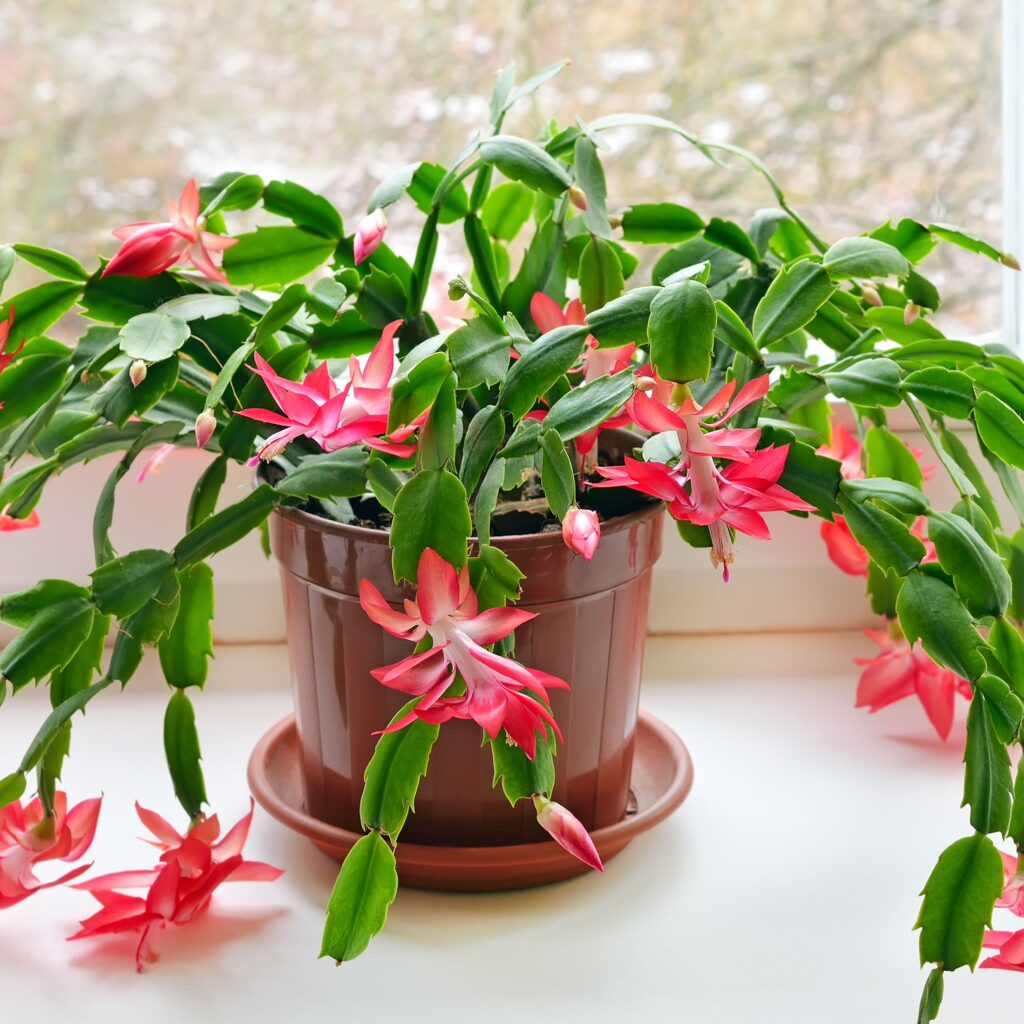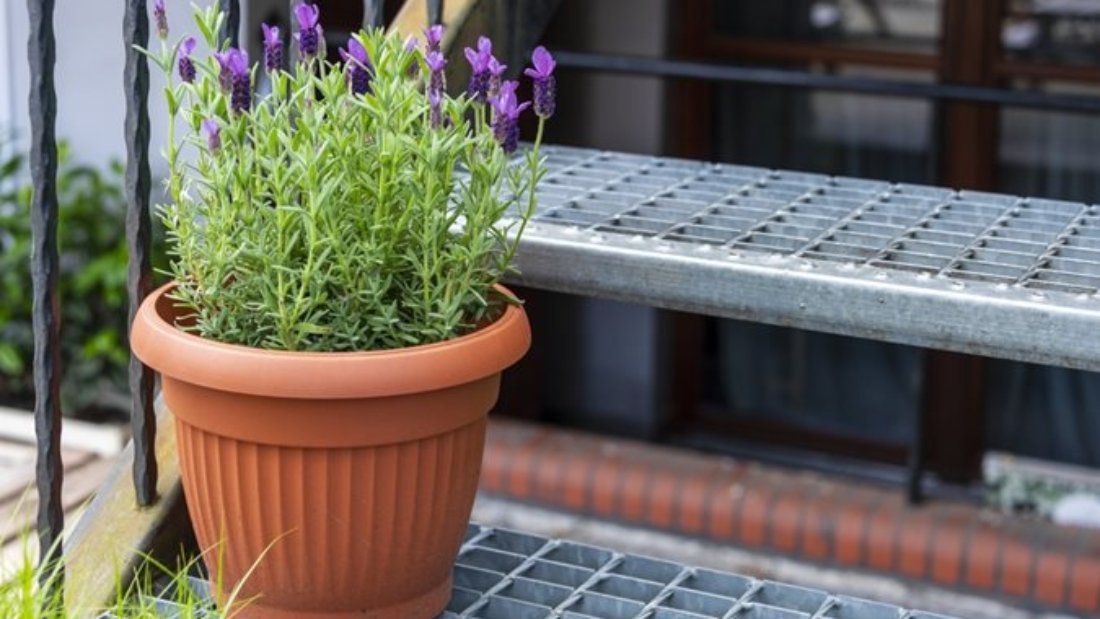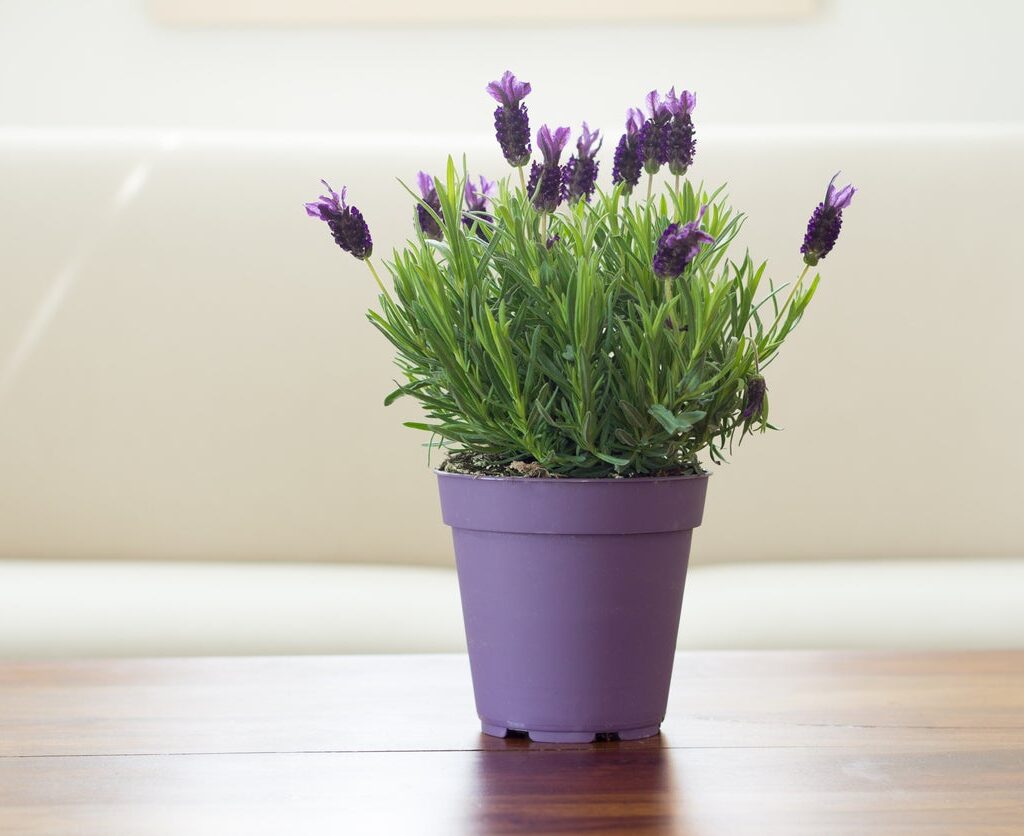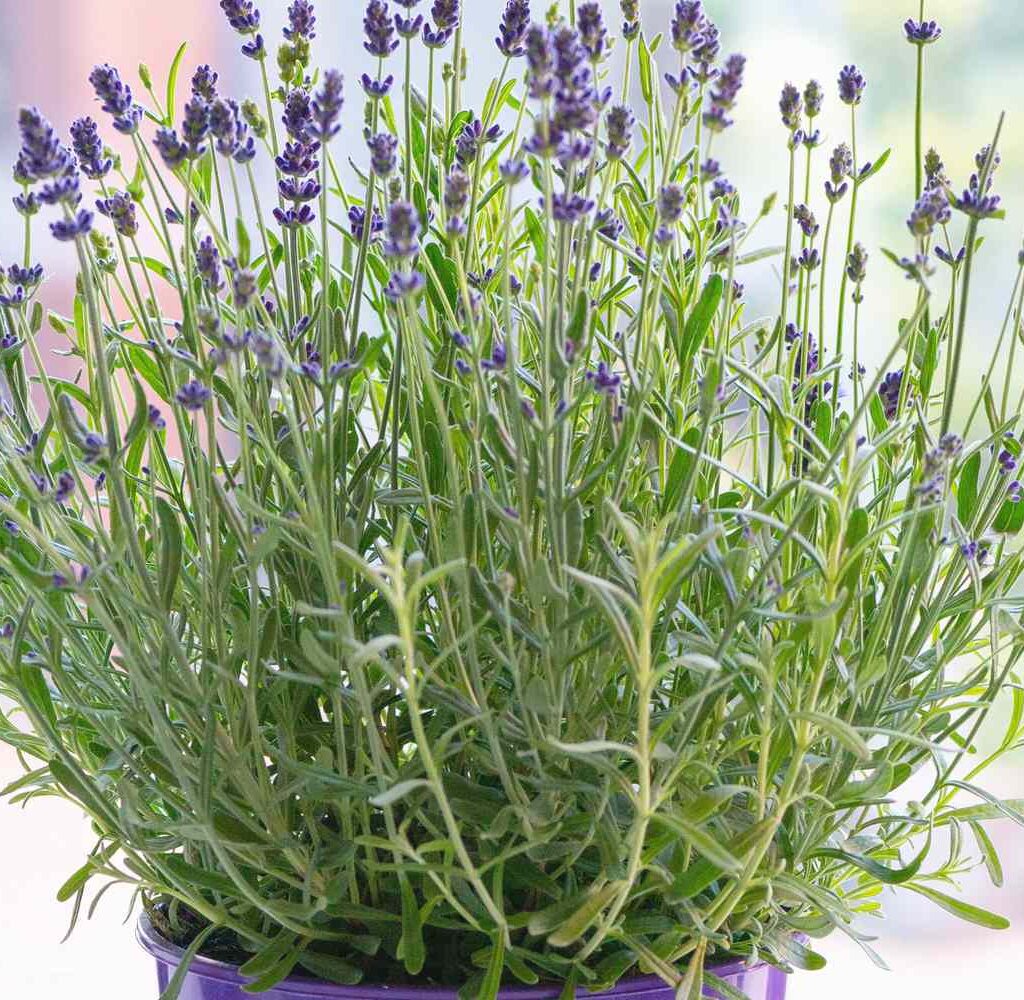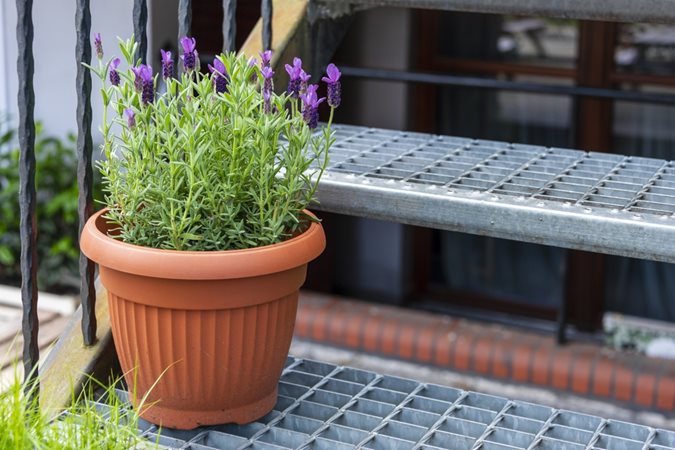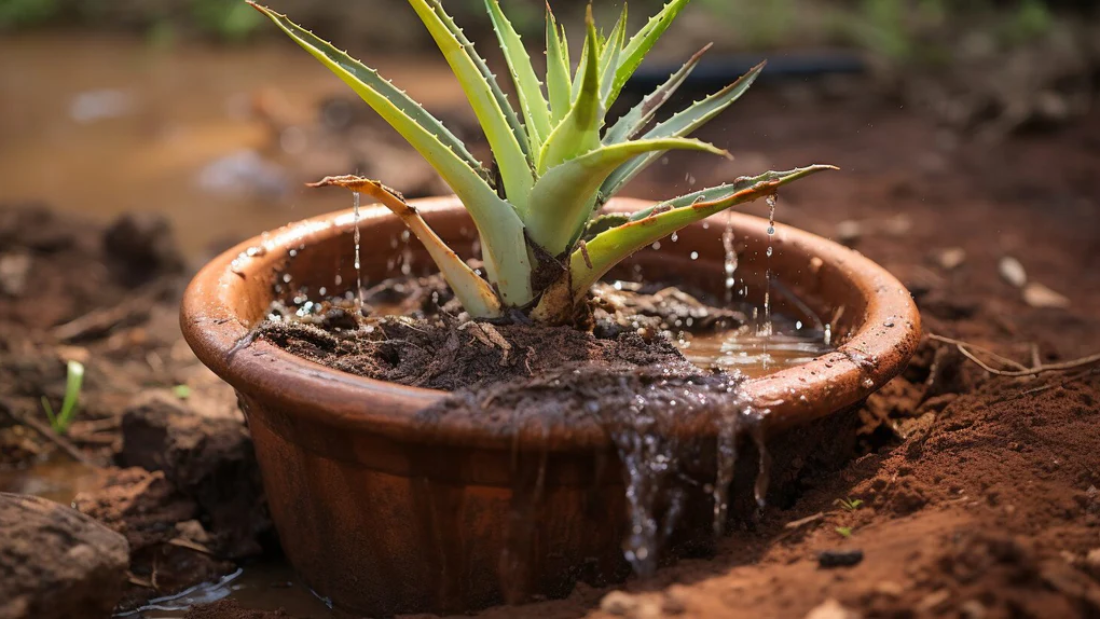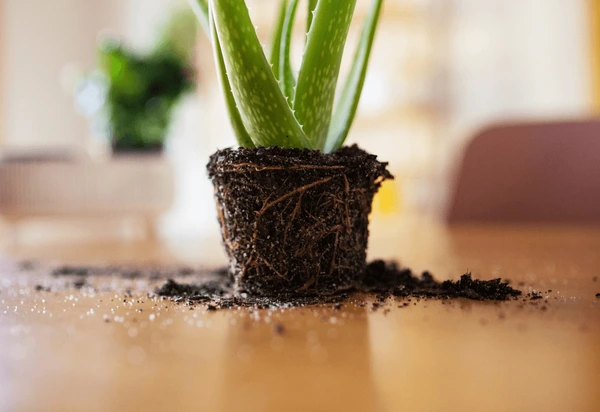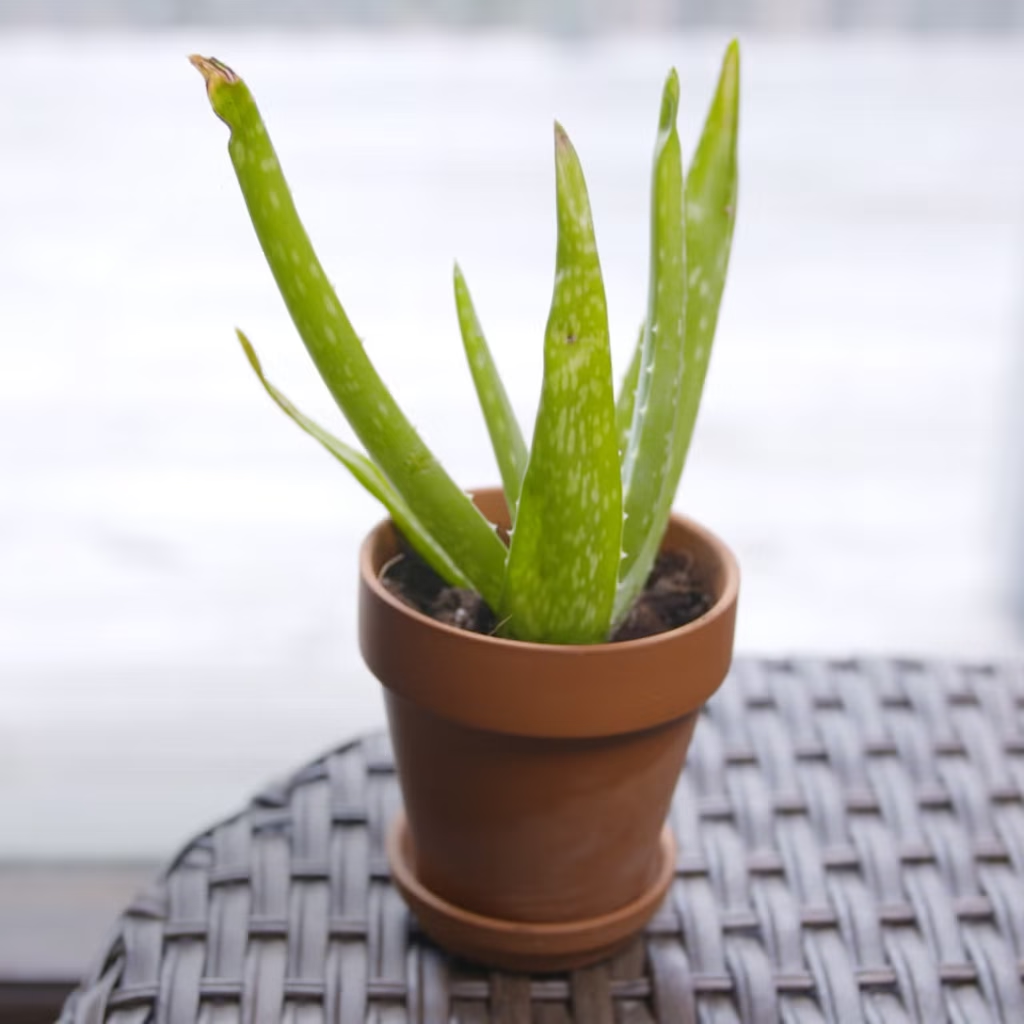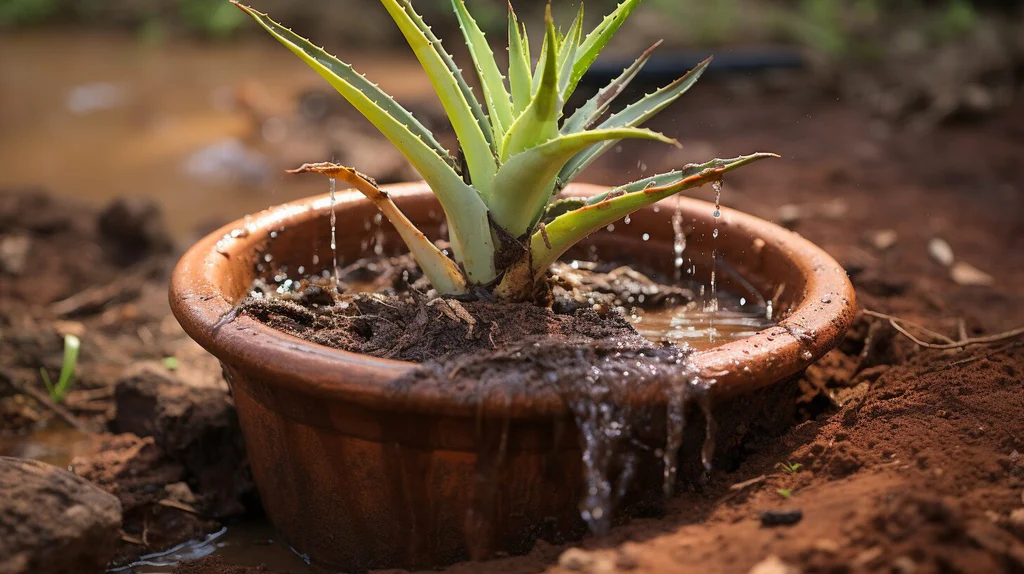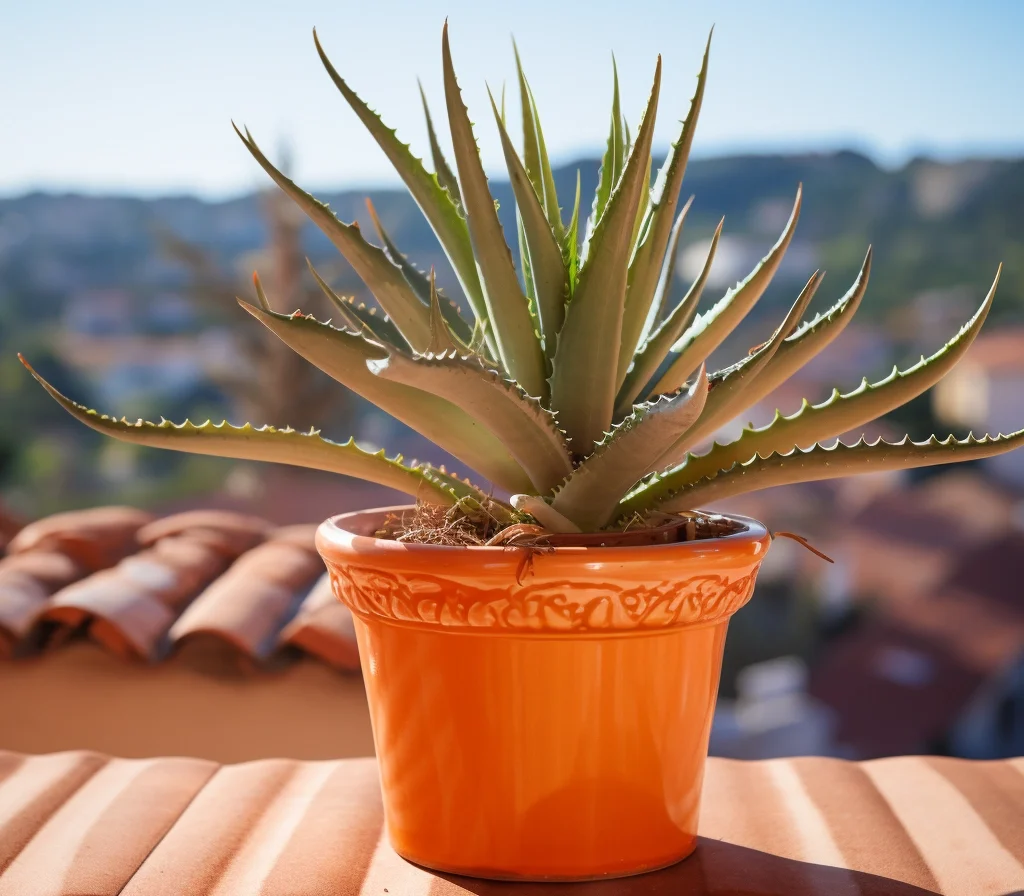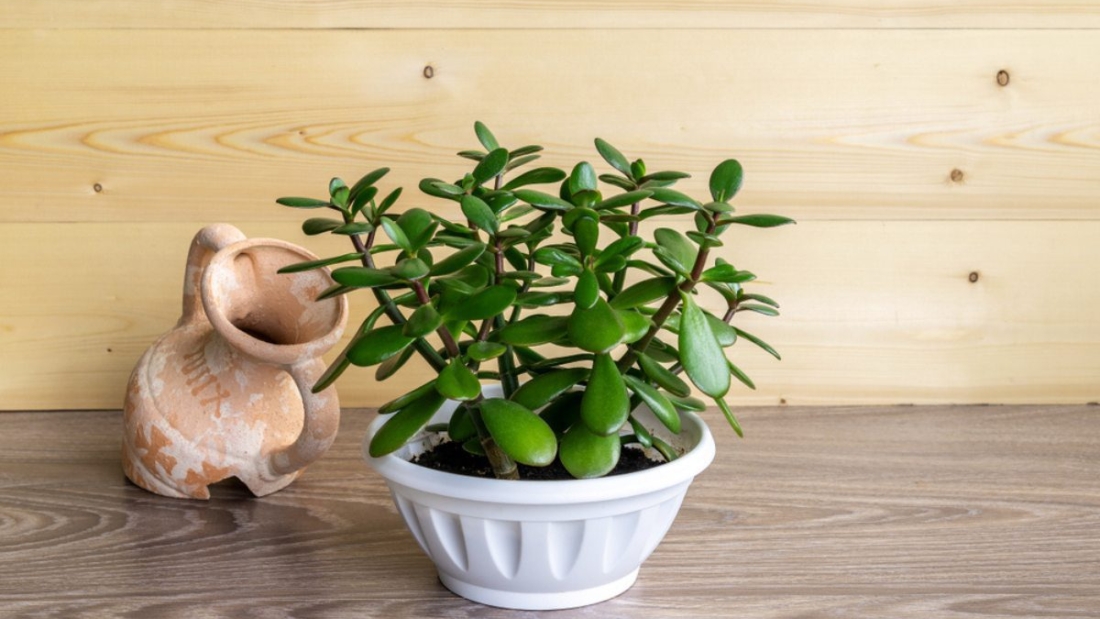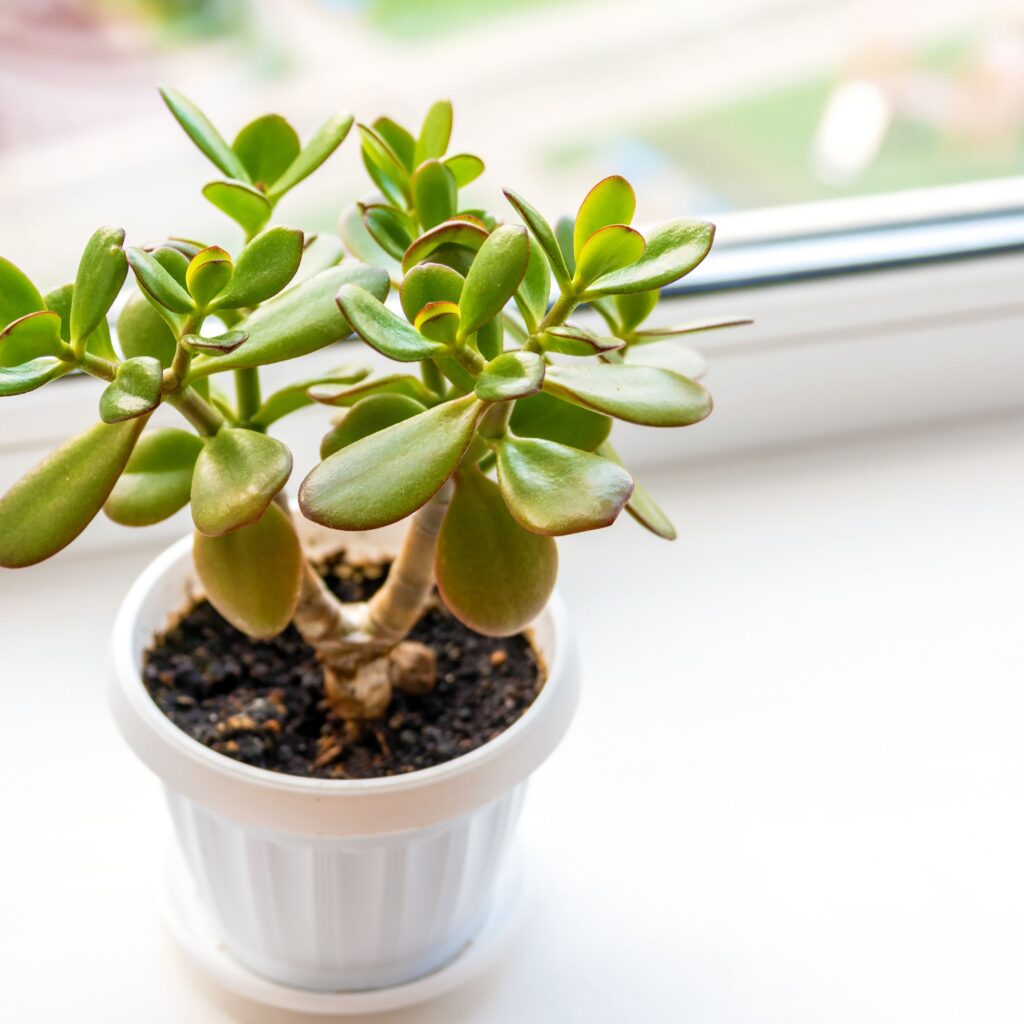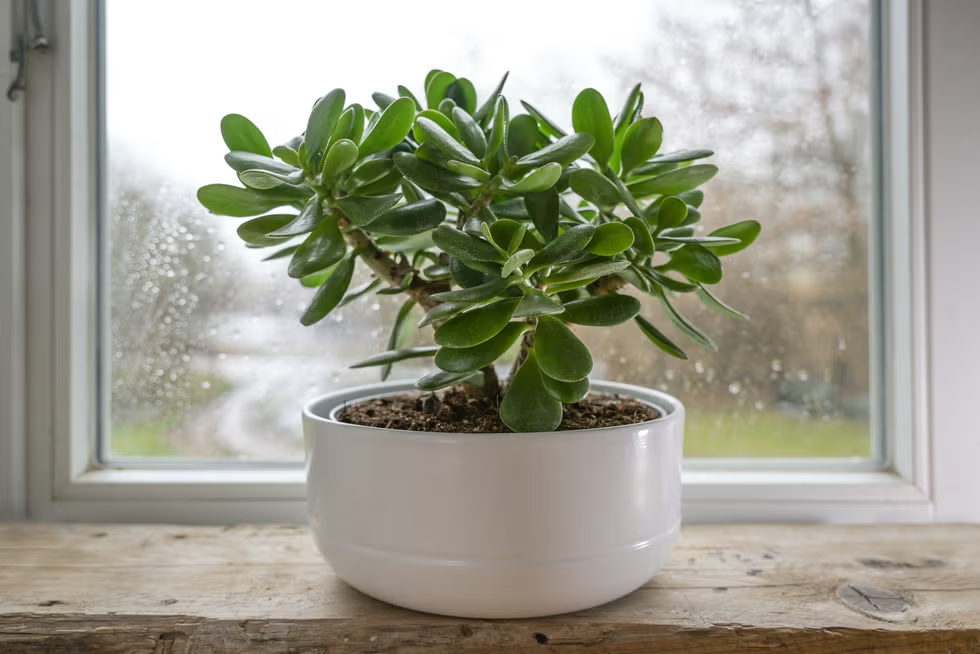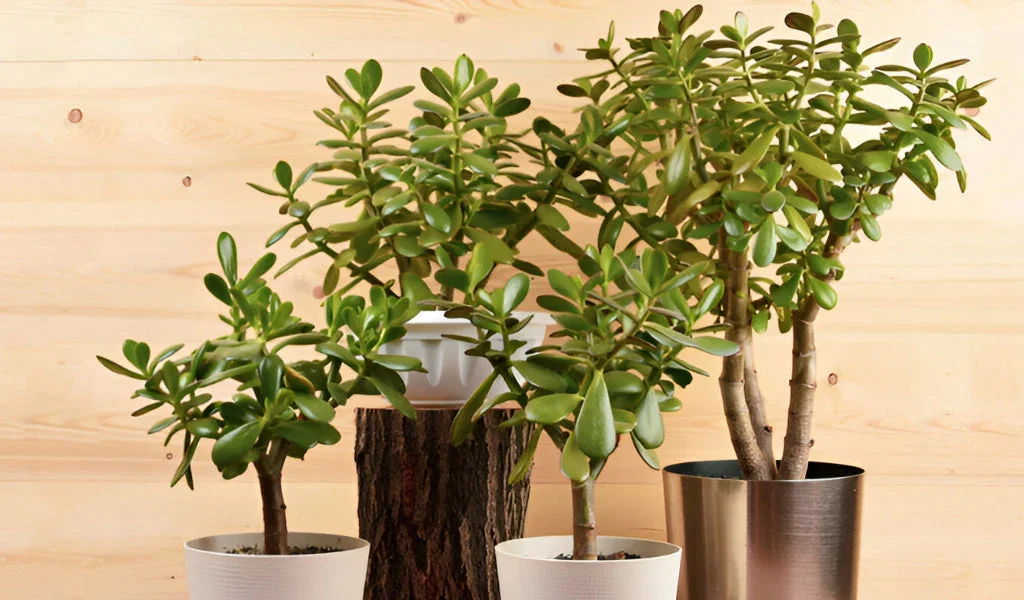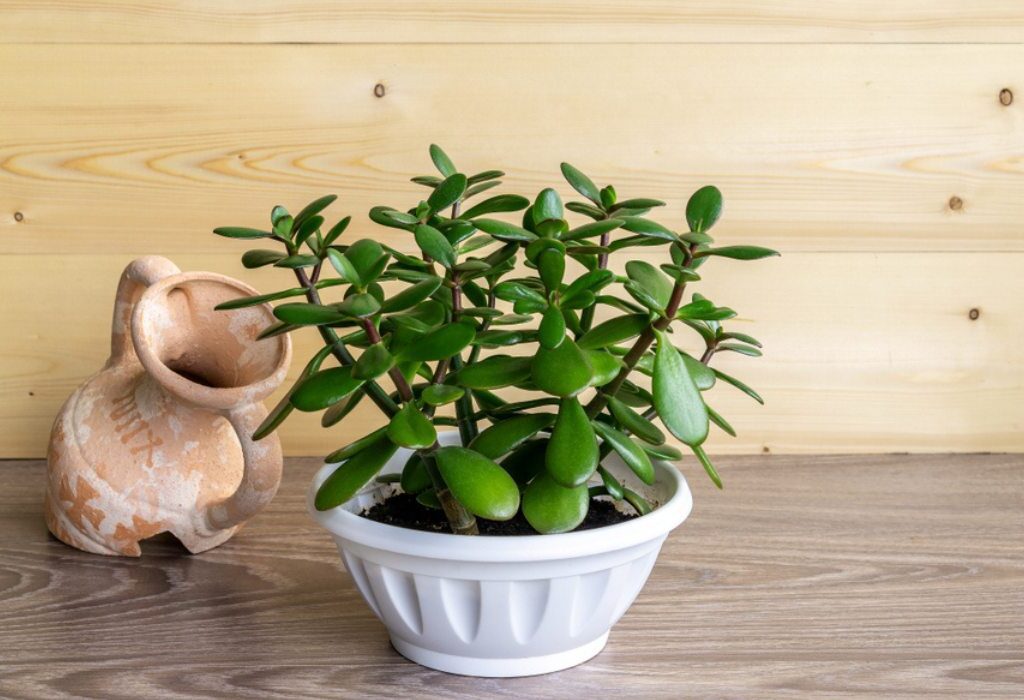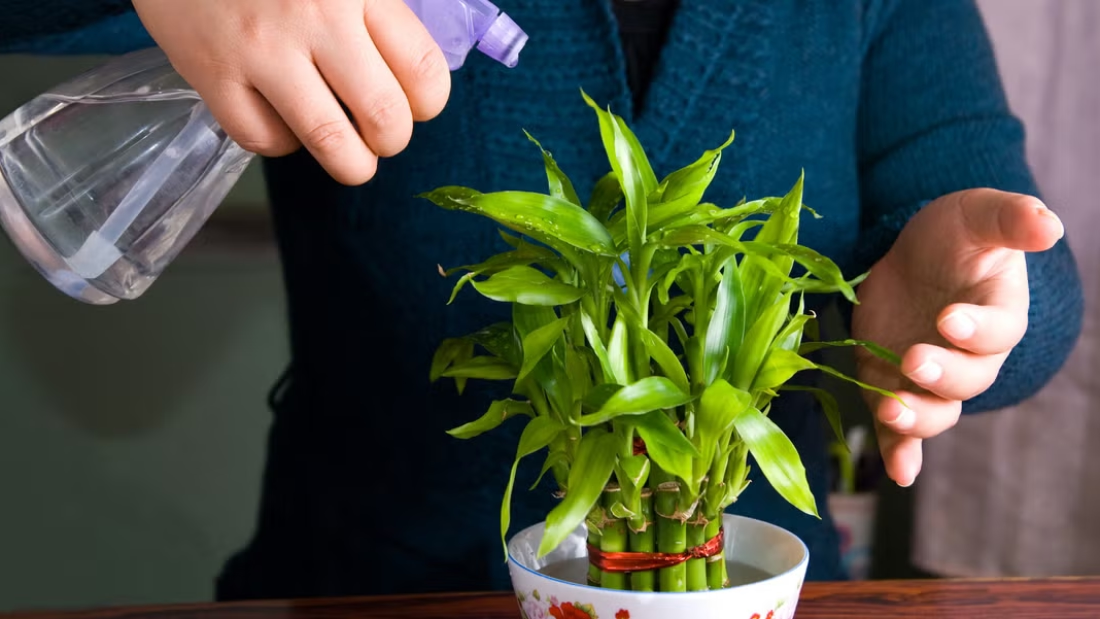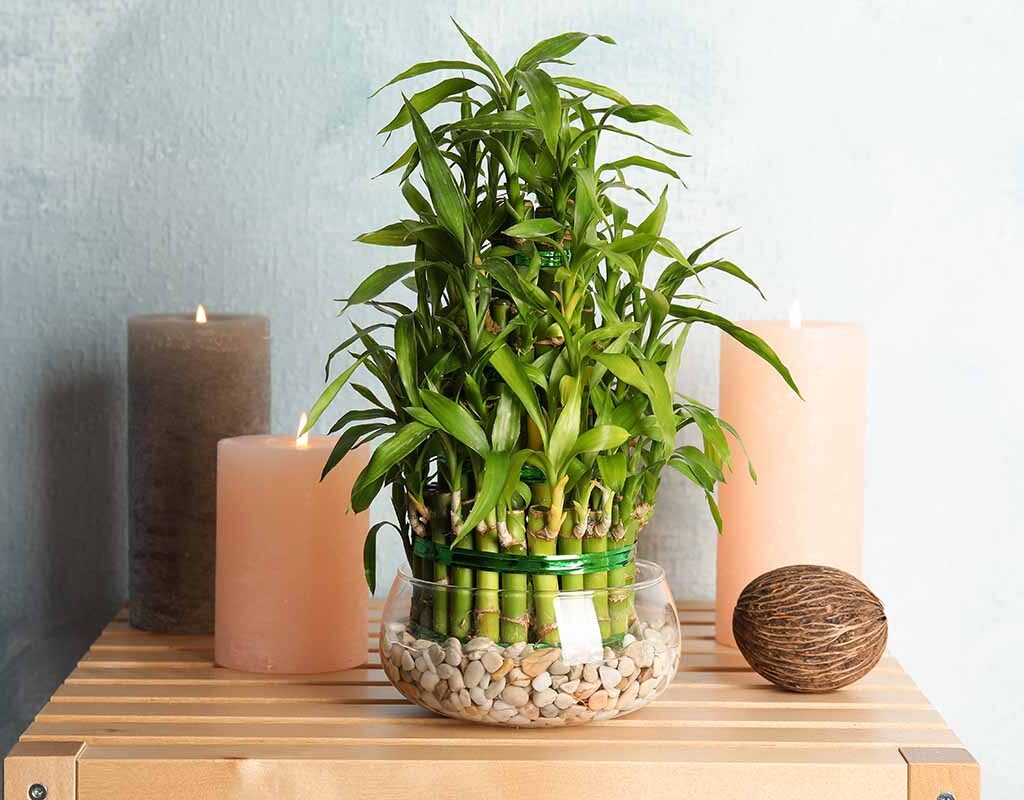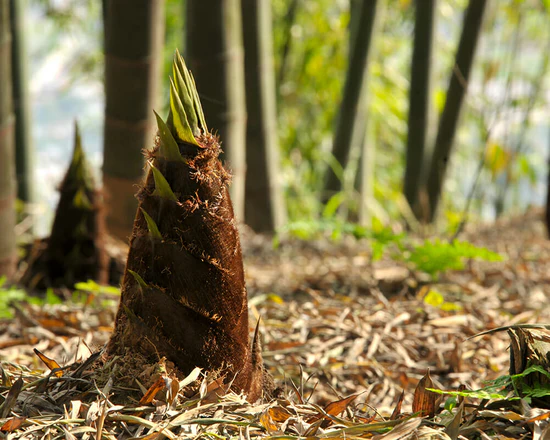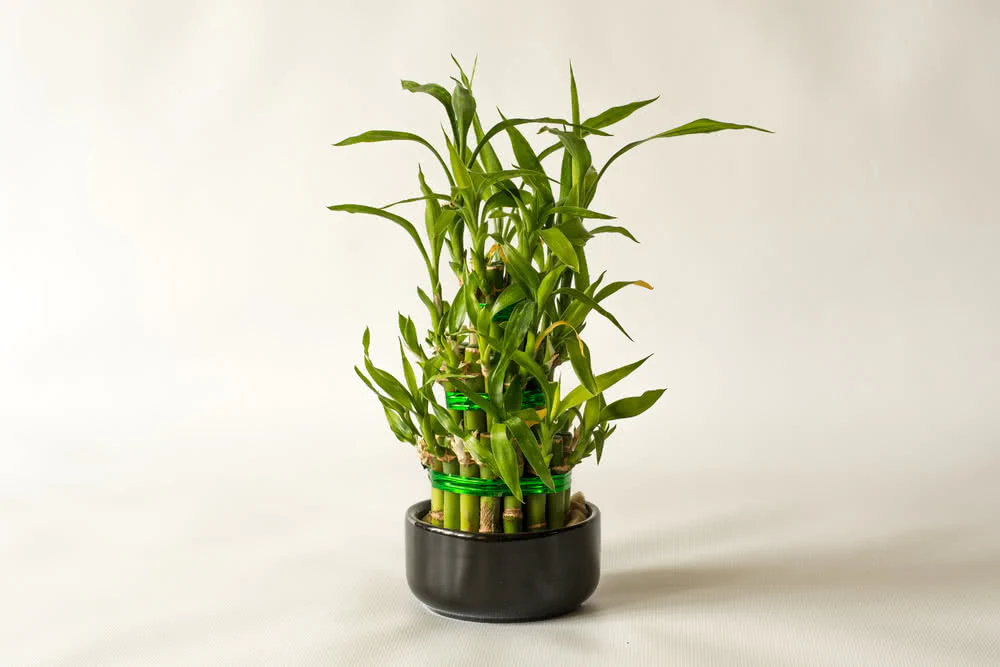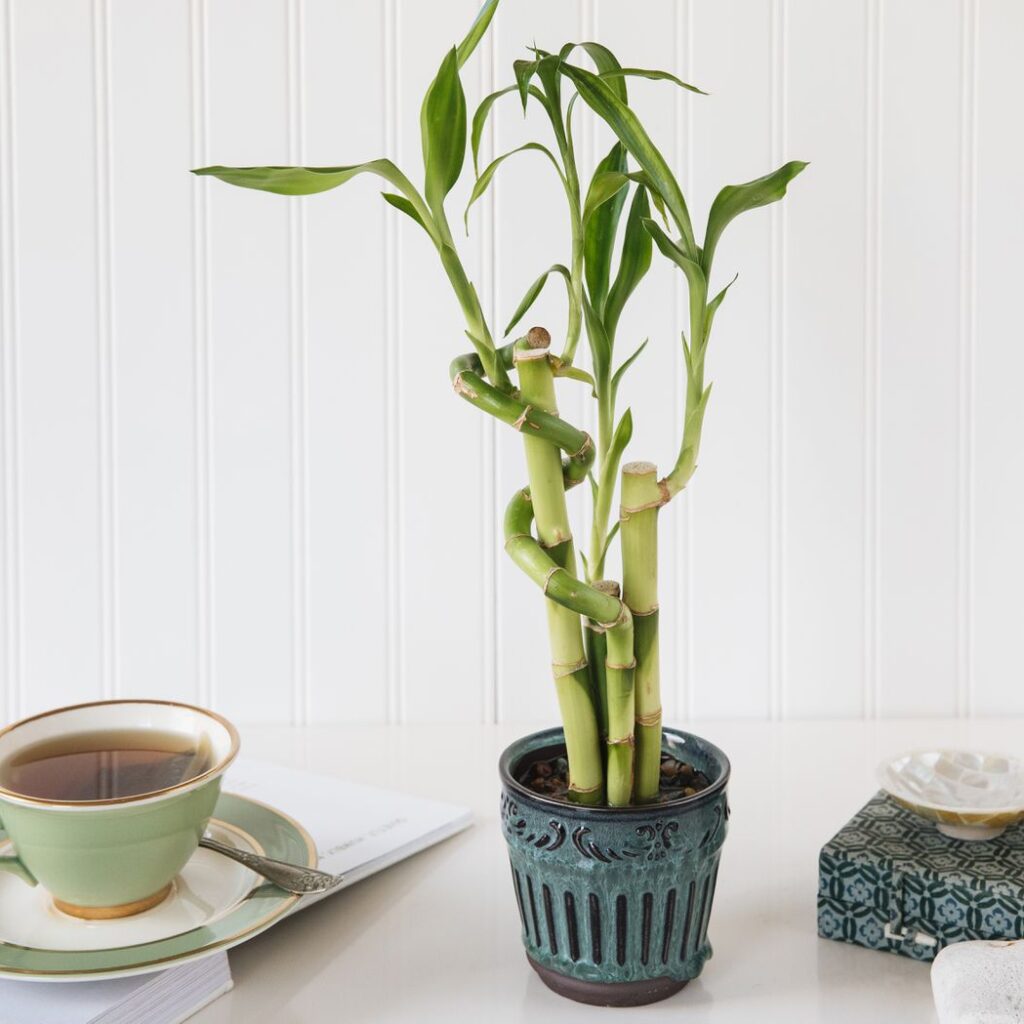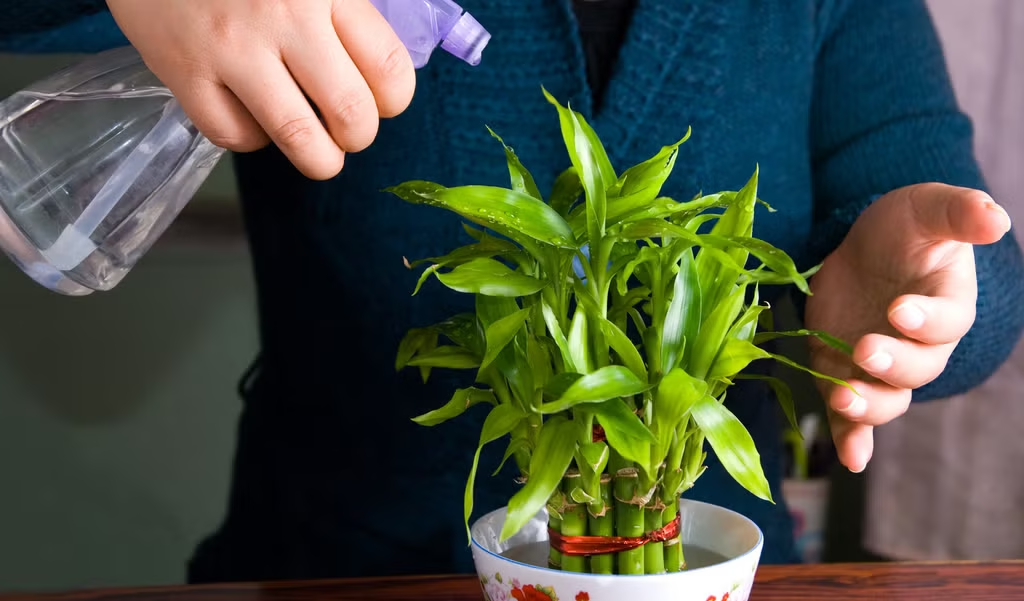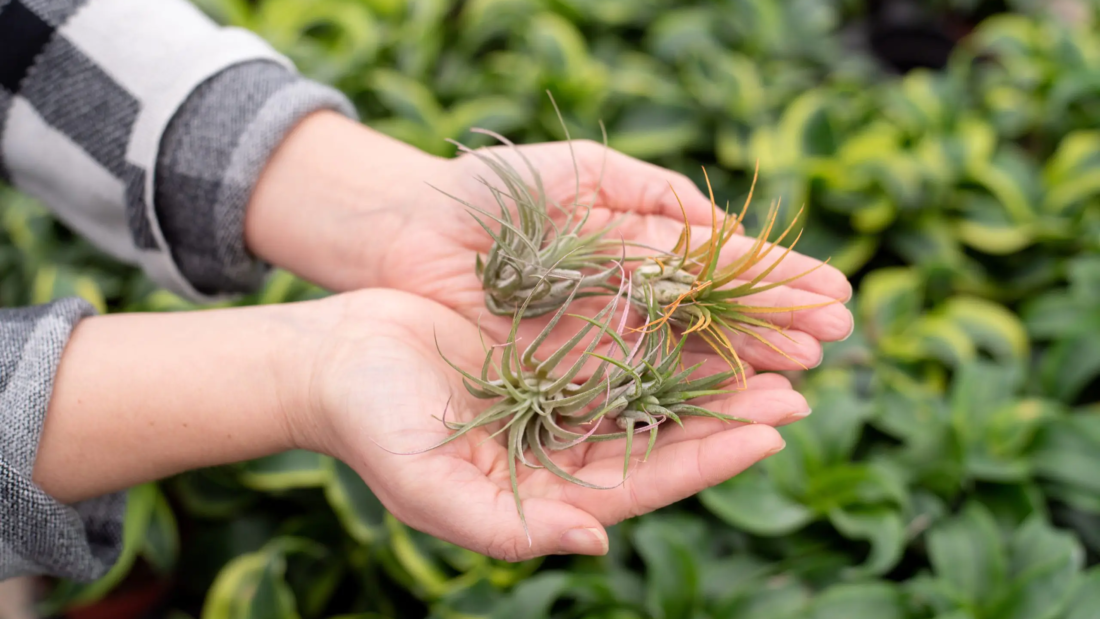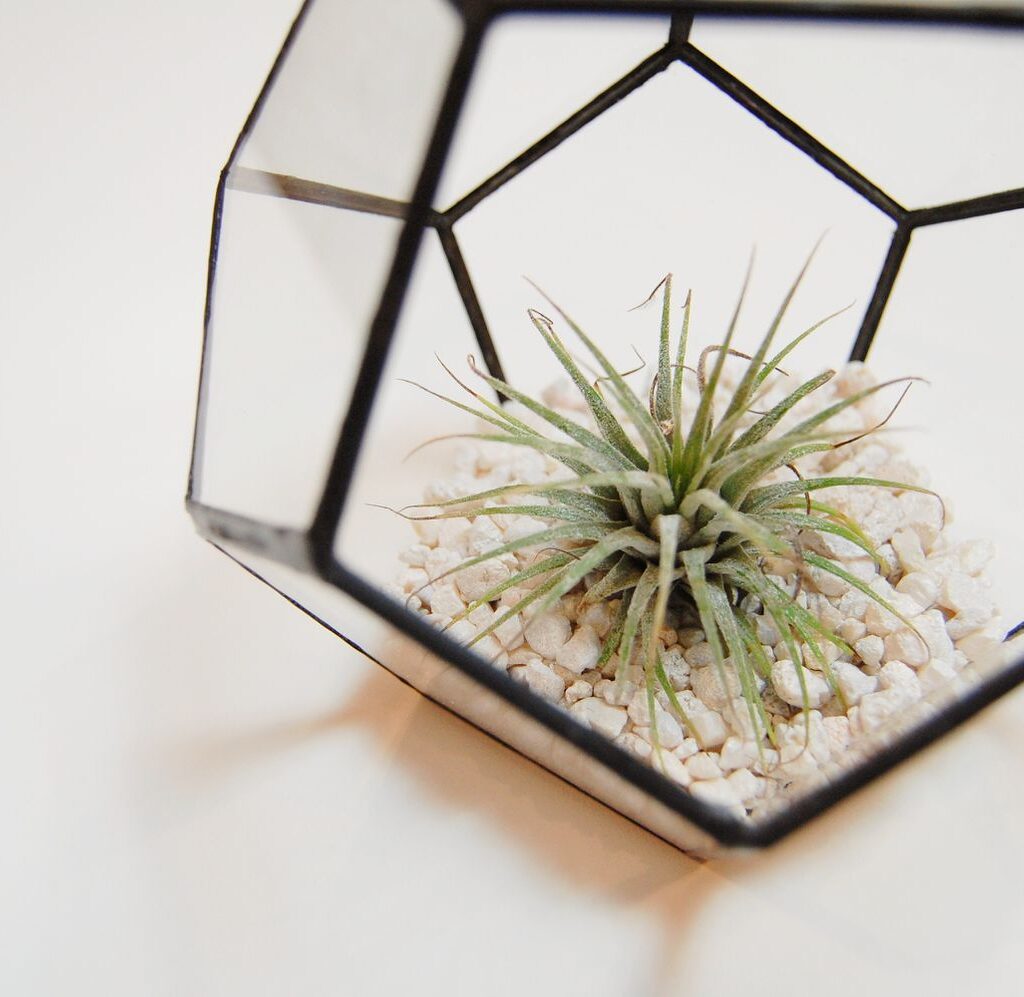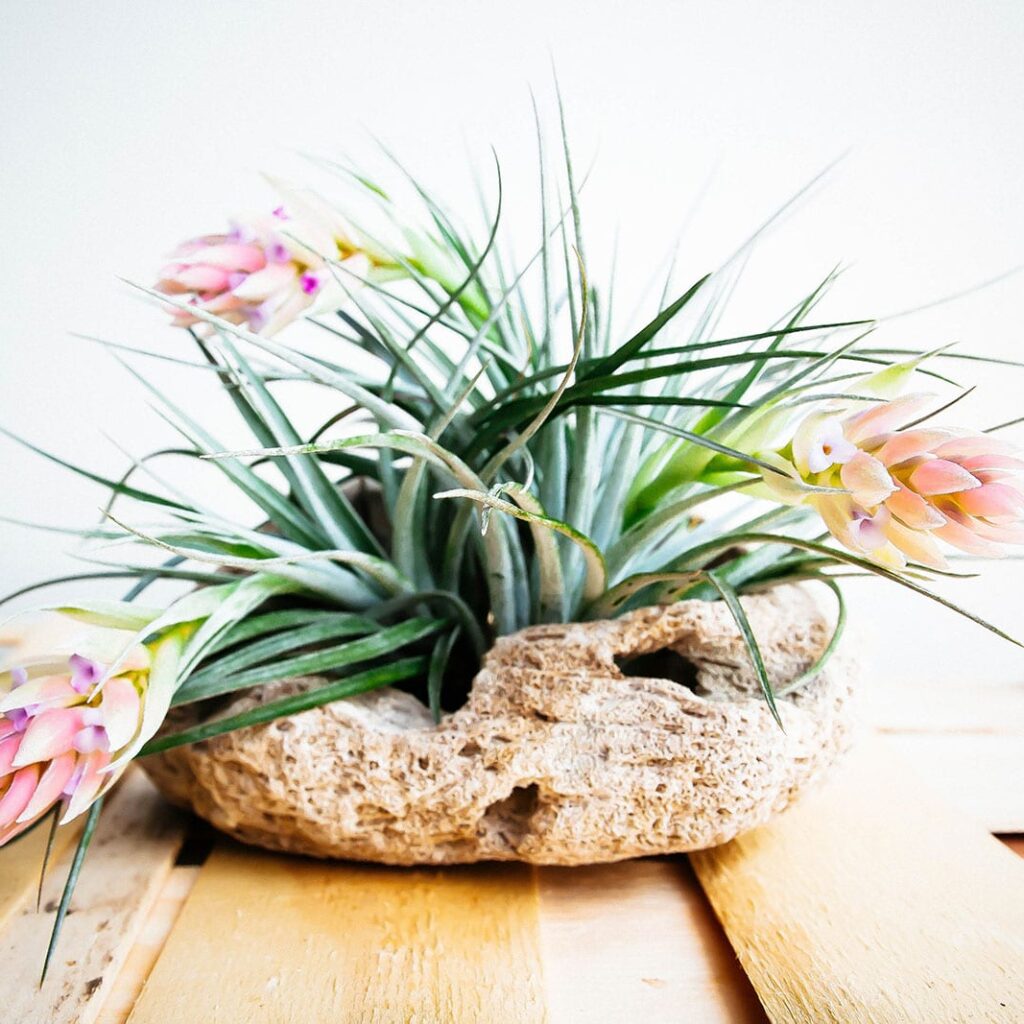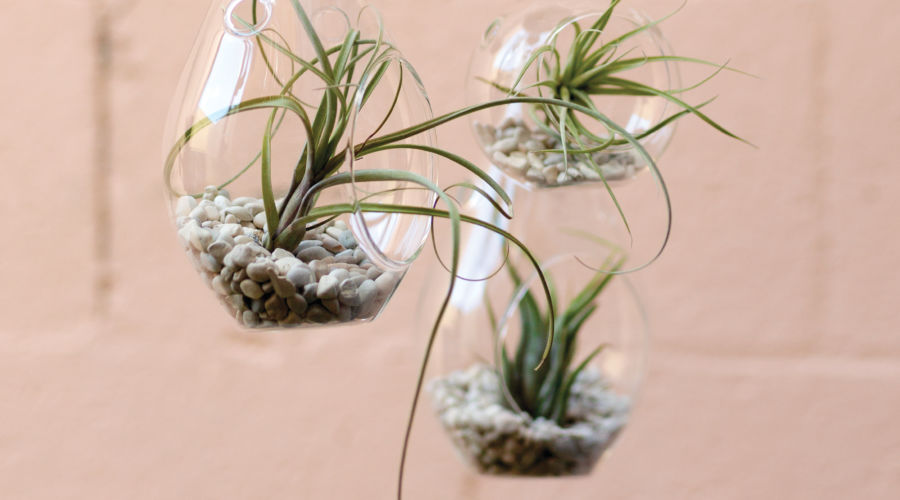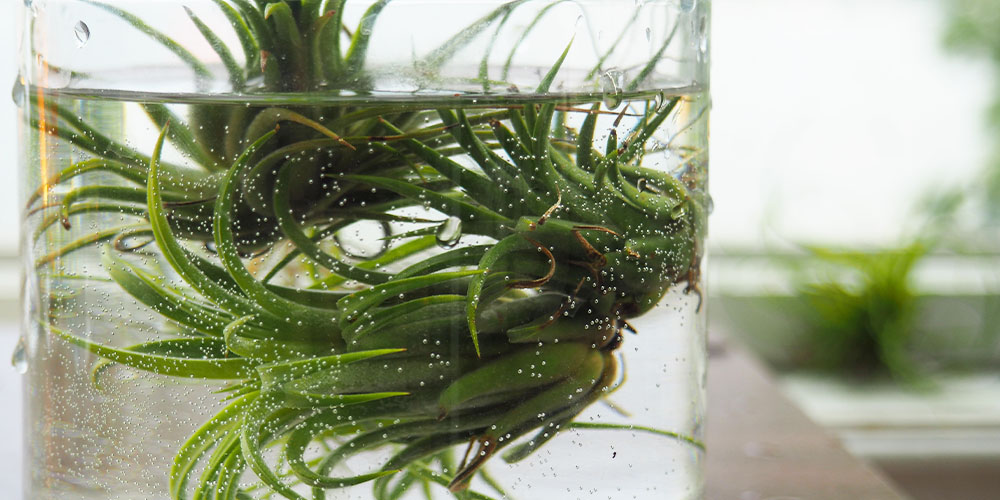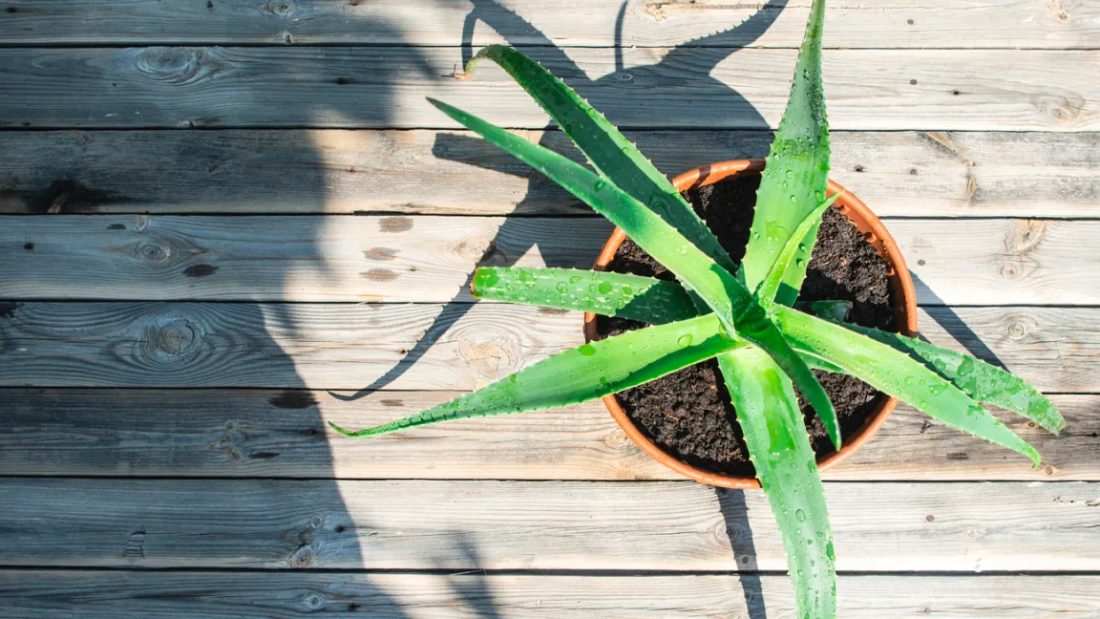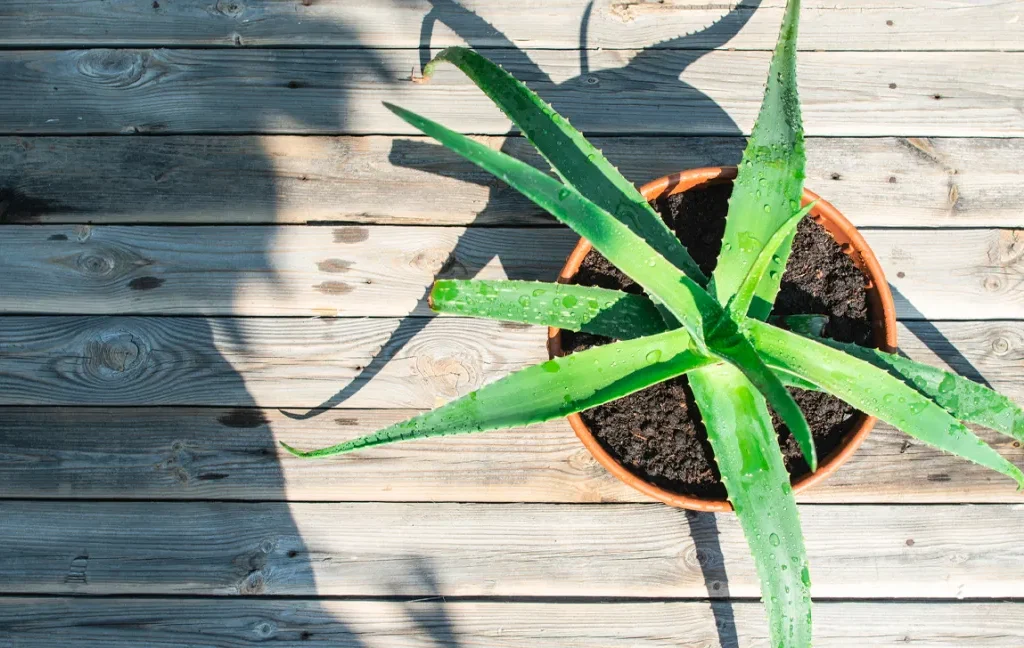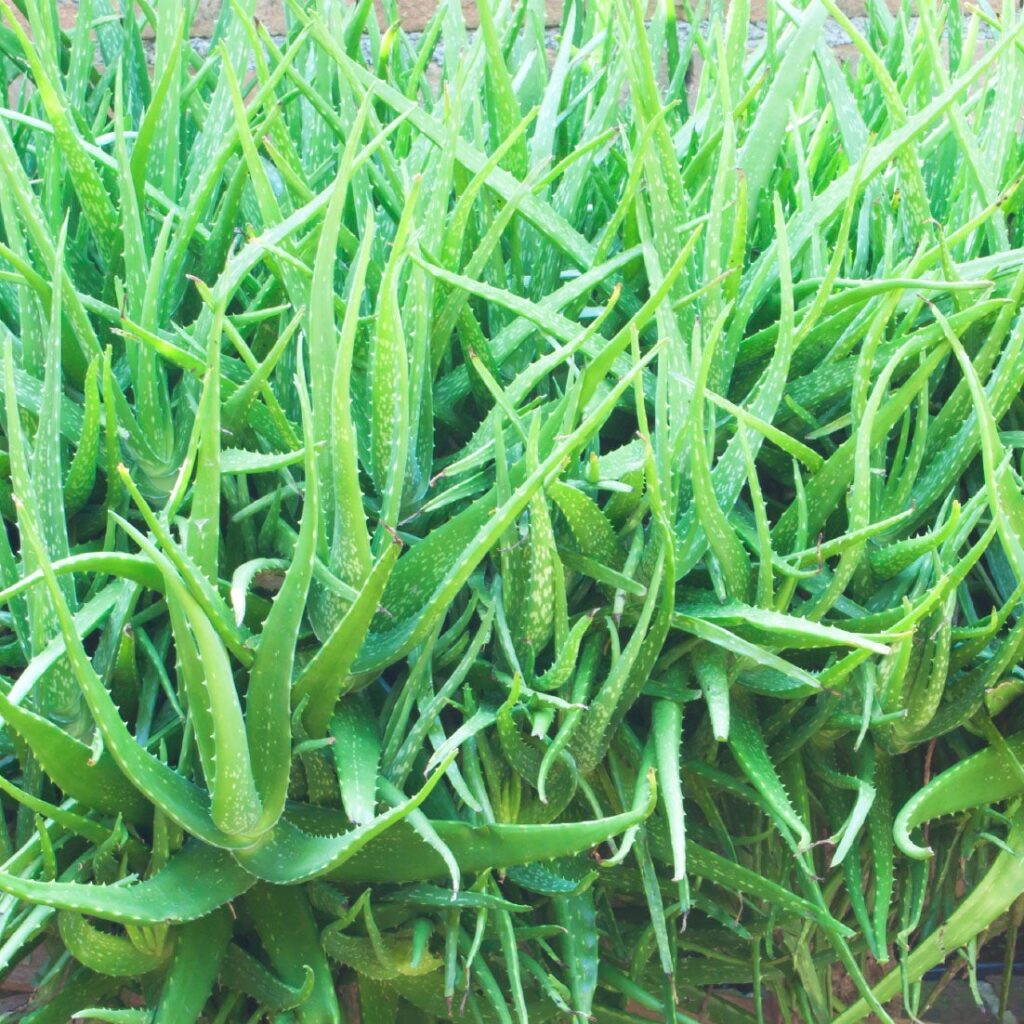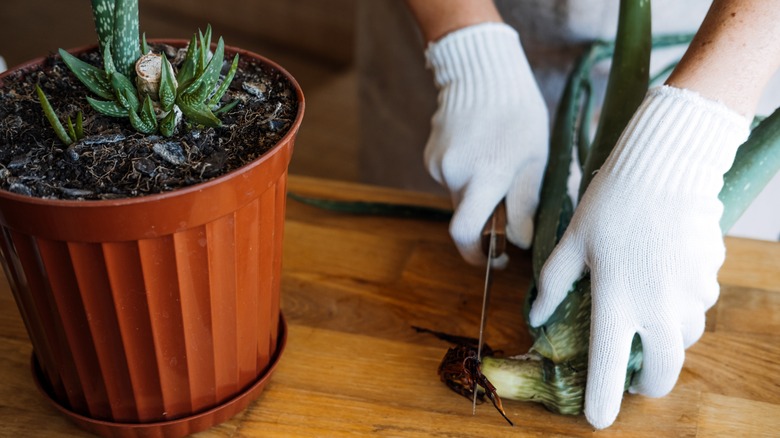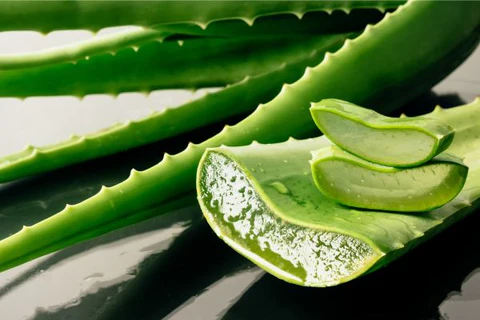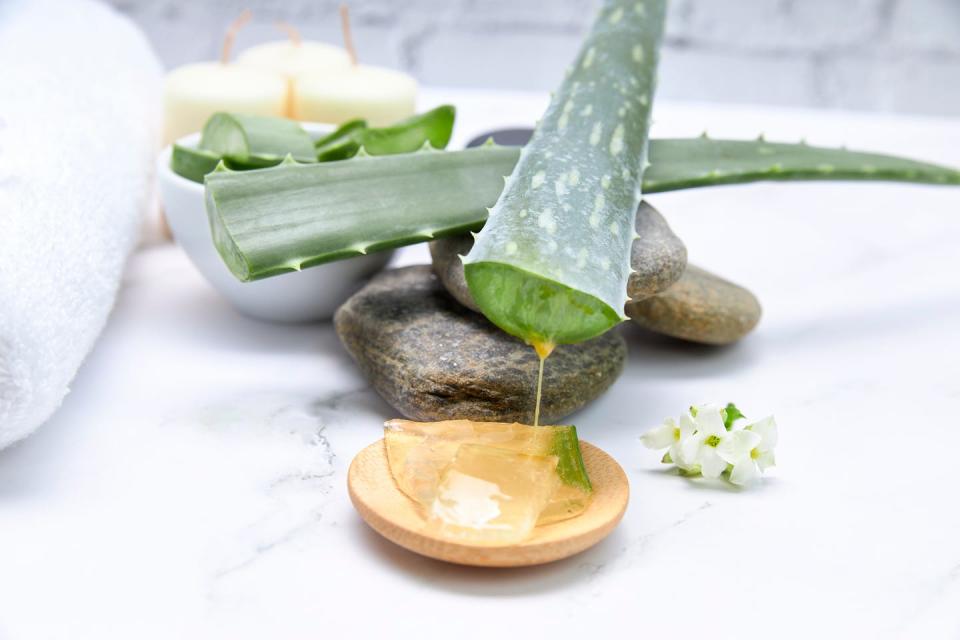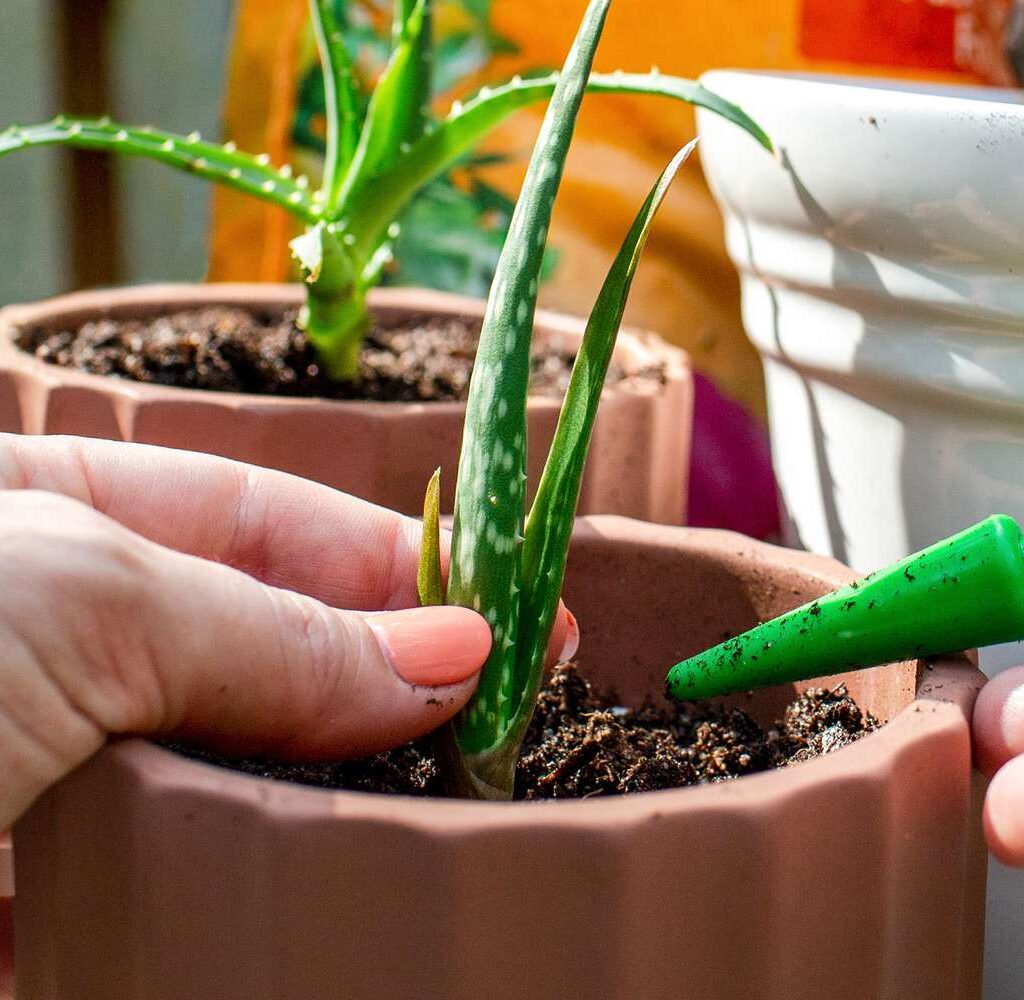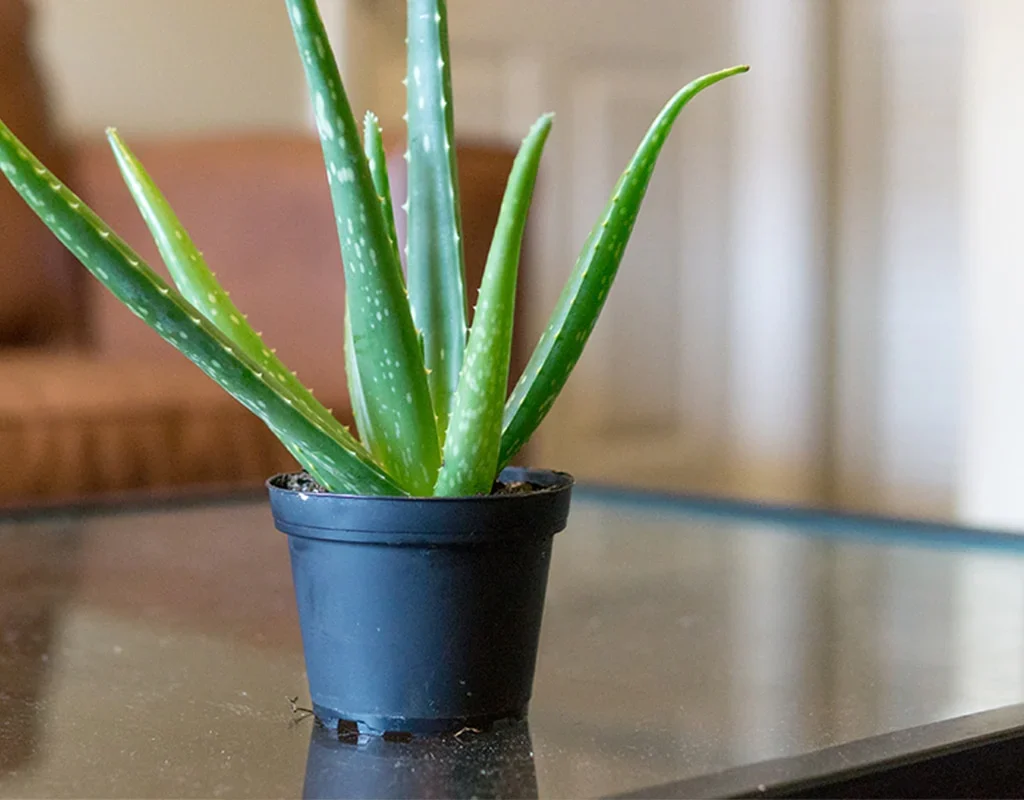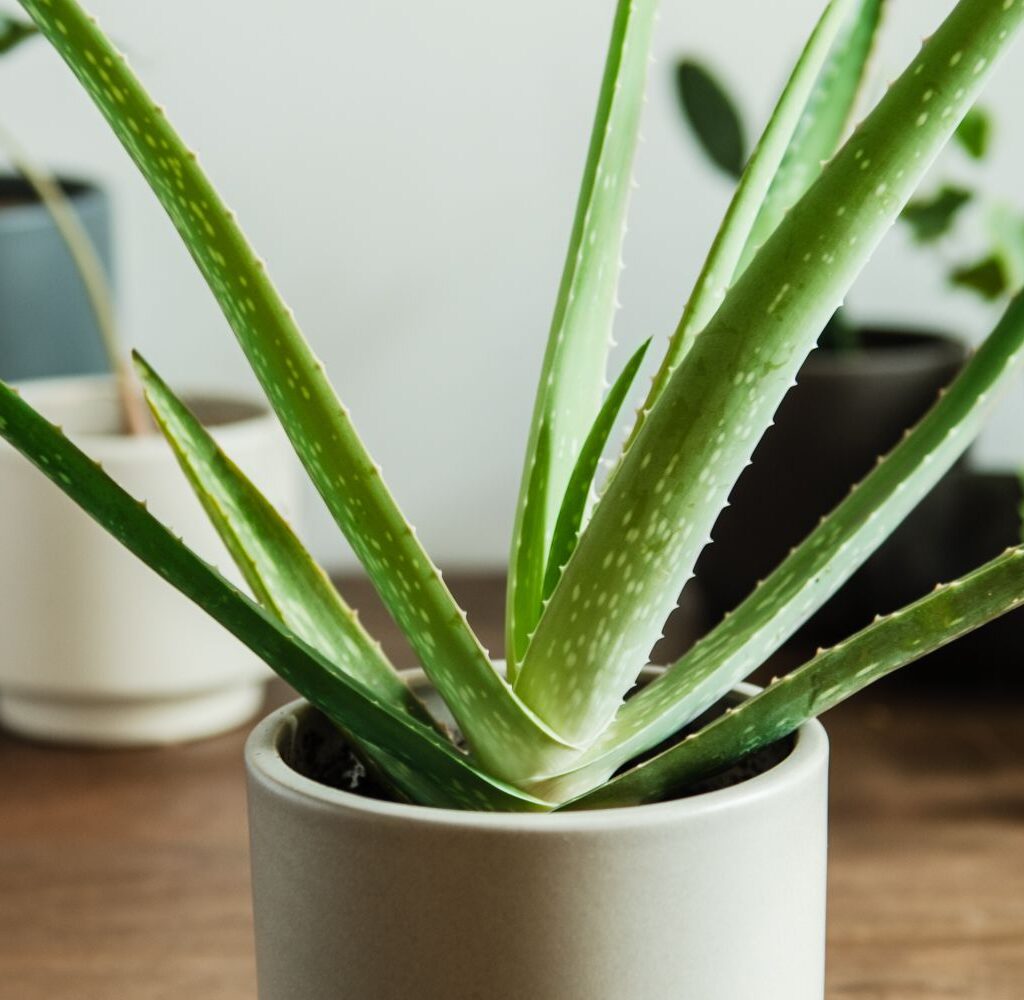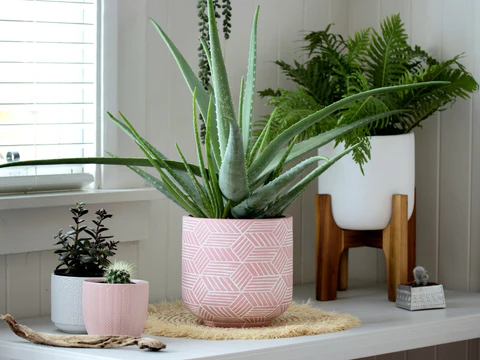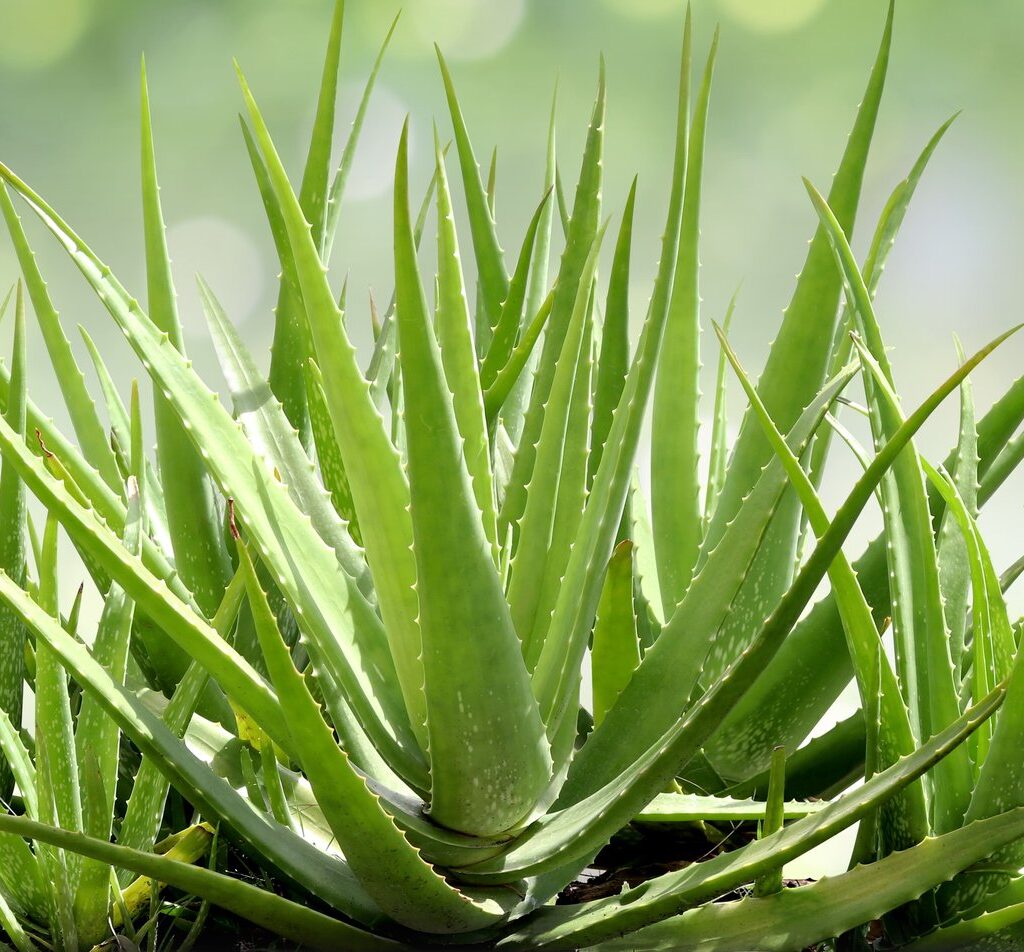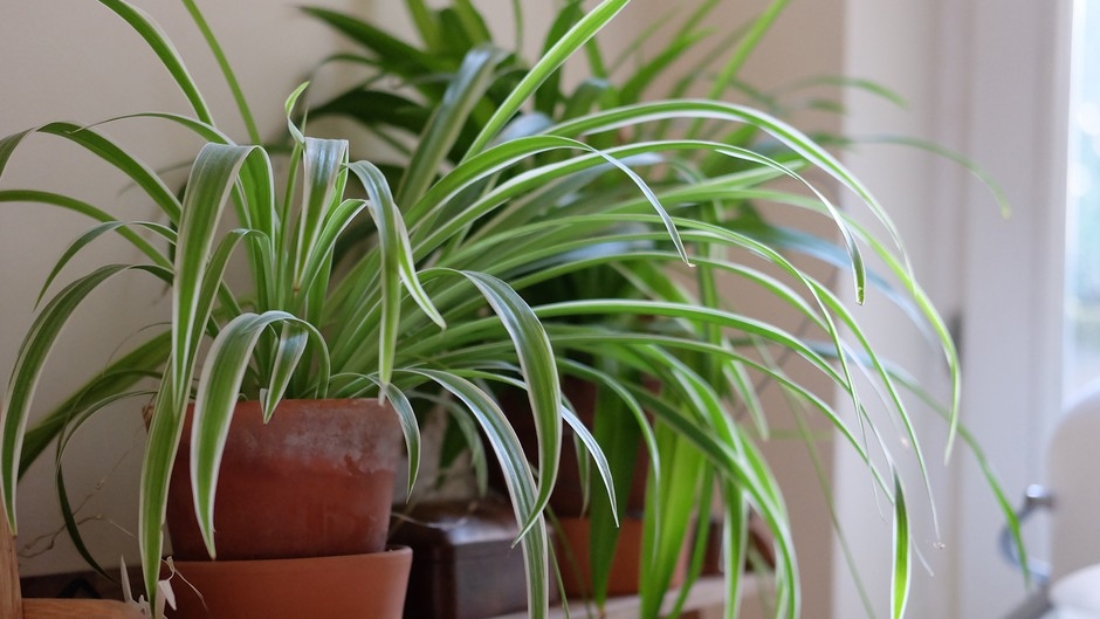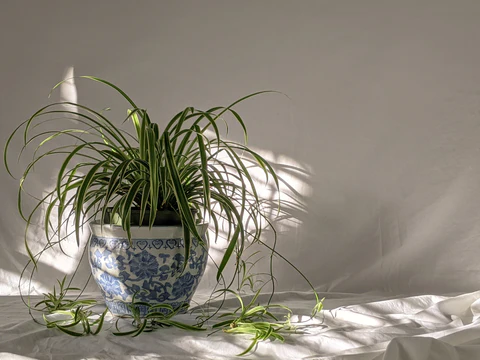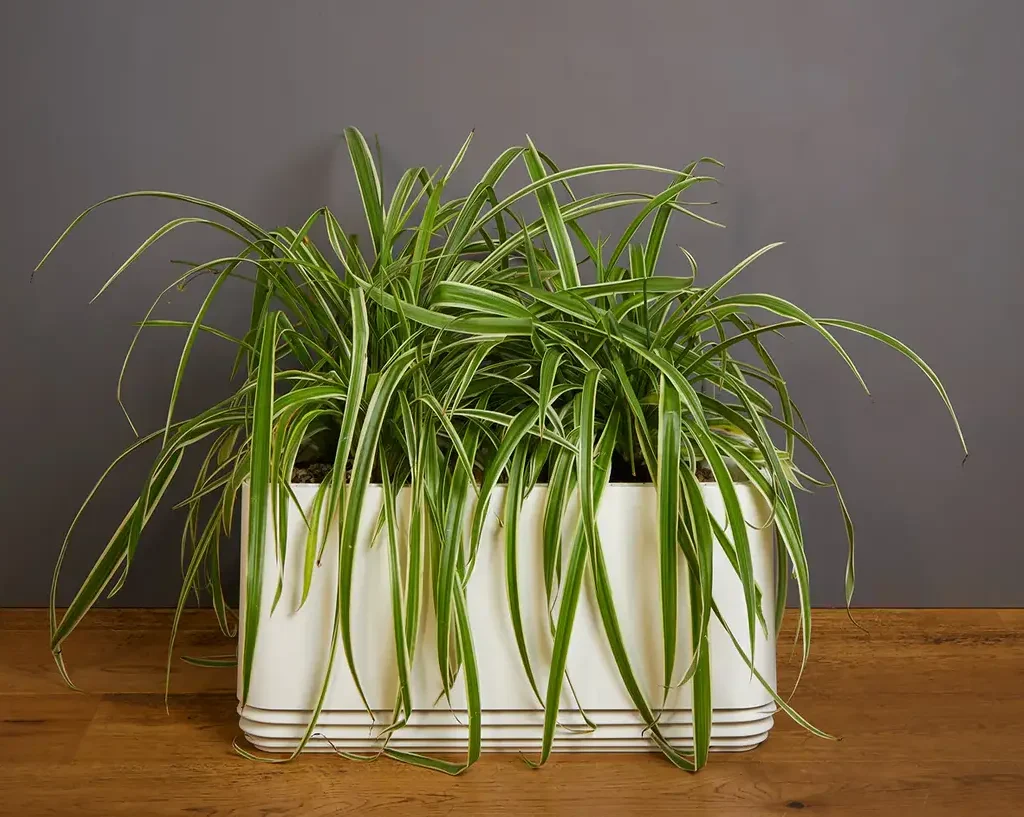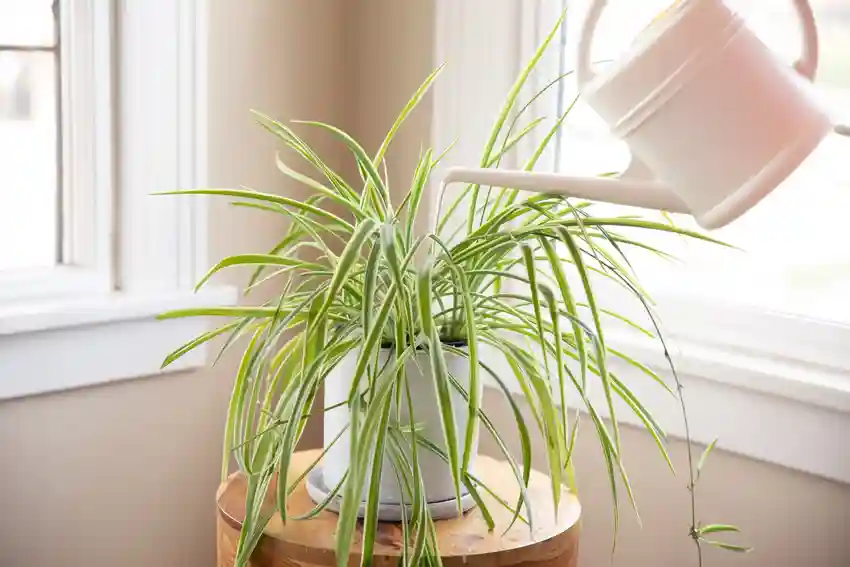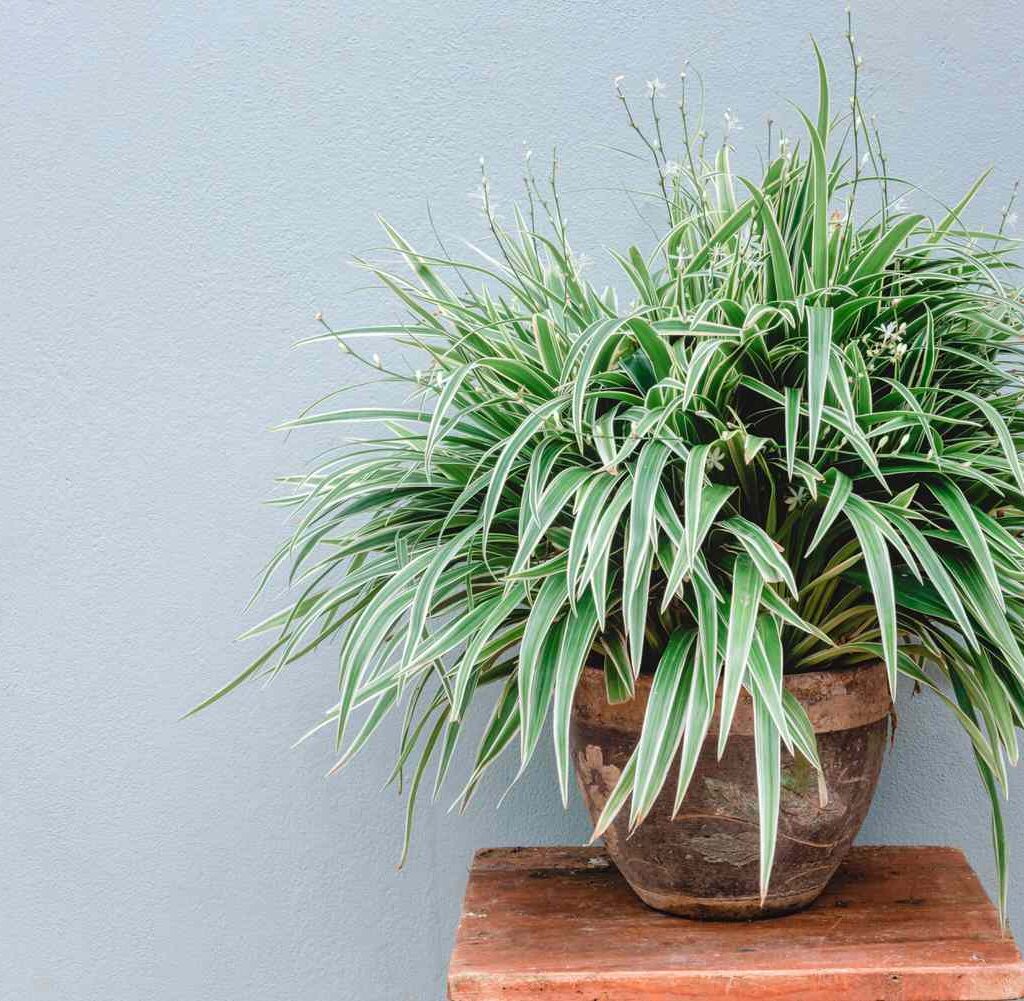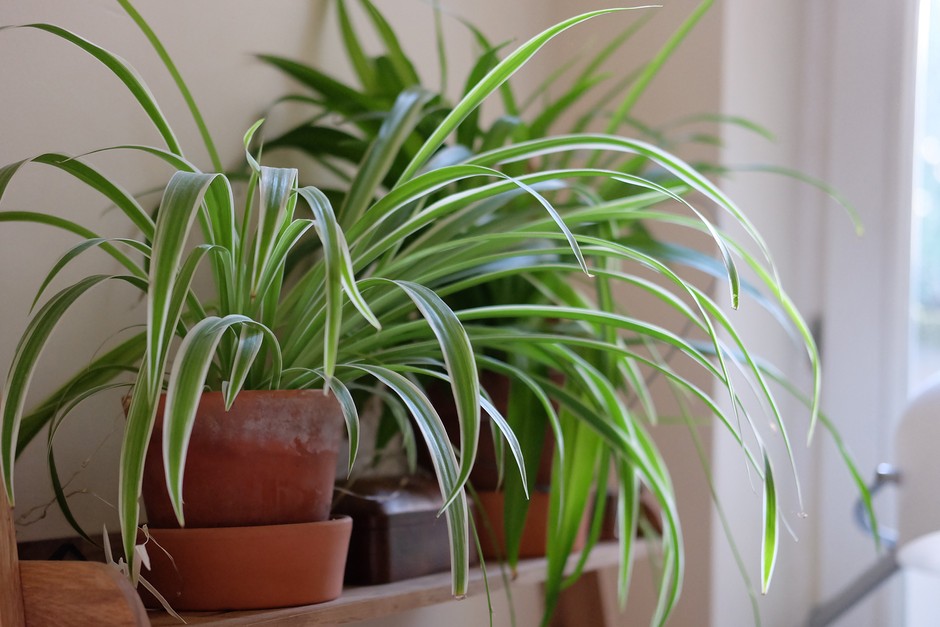If you’re looking for a stylish, low-maintenance houseplant that adds a tropical flair to your space, the Pachira plant, commonly known as the Money Tree, is an excellent choice. With its glossy, palmate leaves and braided trunk, the Pachira aquatica is not only visually appealing but also believed to bring good luck and prosperity to its owners — which explains why it’s a favorite in homes and offices worldwide.
The good news is that this plant is incredibly easy to care for once you understand its preferences. In this article, we’ll cover everything you need to know about caring for a Pachira plant, from light and water needs to pruning, repotting, and troubleshooting common problems.
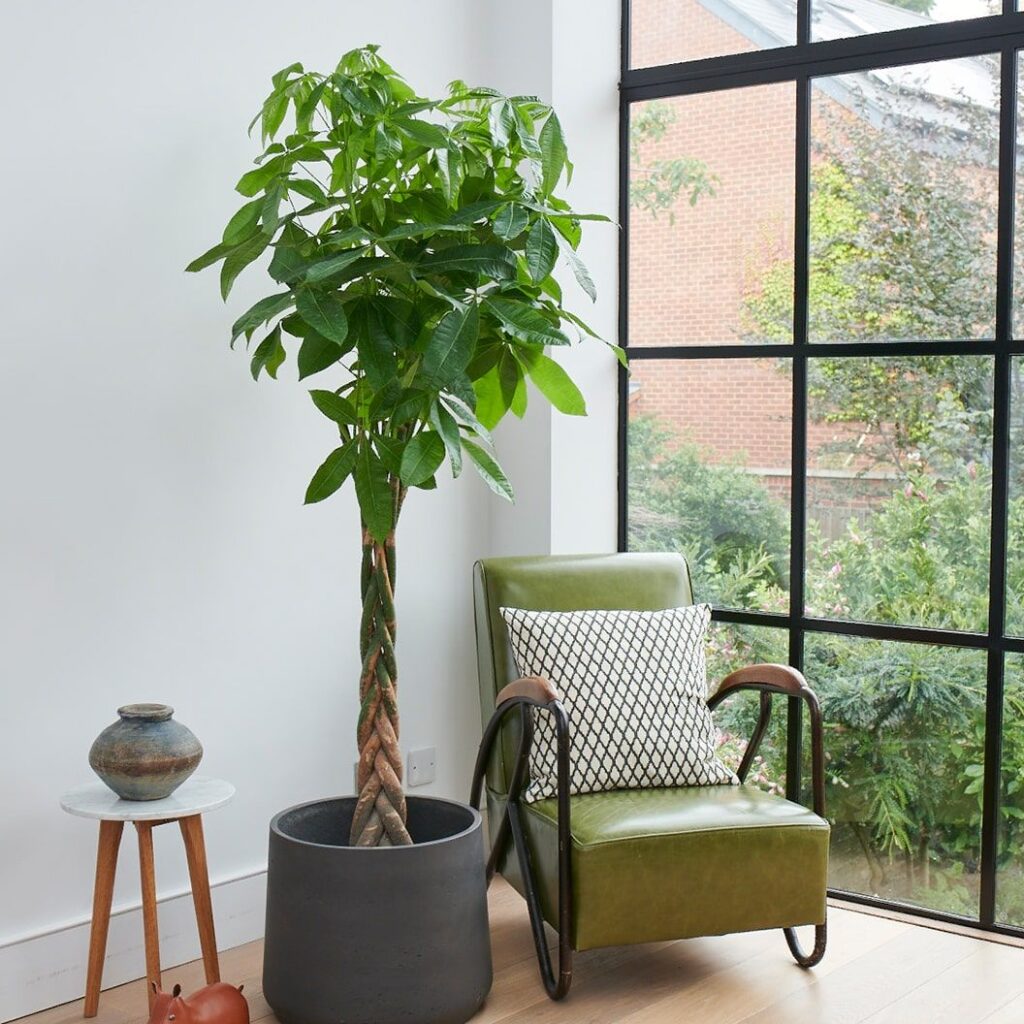
What Is a Pachira Plant?
The Pachira aquatica is a tropical plant native to Central and South America, typically found in wetlands and swampy areas. In its natural habitat, it can grow up to 60 feet tall, but as a houseplant, it usually stays around 6-8 feet.
It’s commonly known as the Money Tree because of a popular East Asian legend that claims the plant brings fortune and prosperity. The braided trunk you often see in store-bought plants is created by carefully intertwining young, flexible stems.
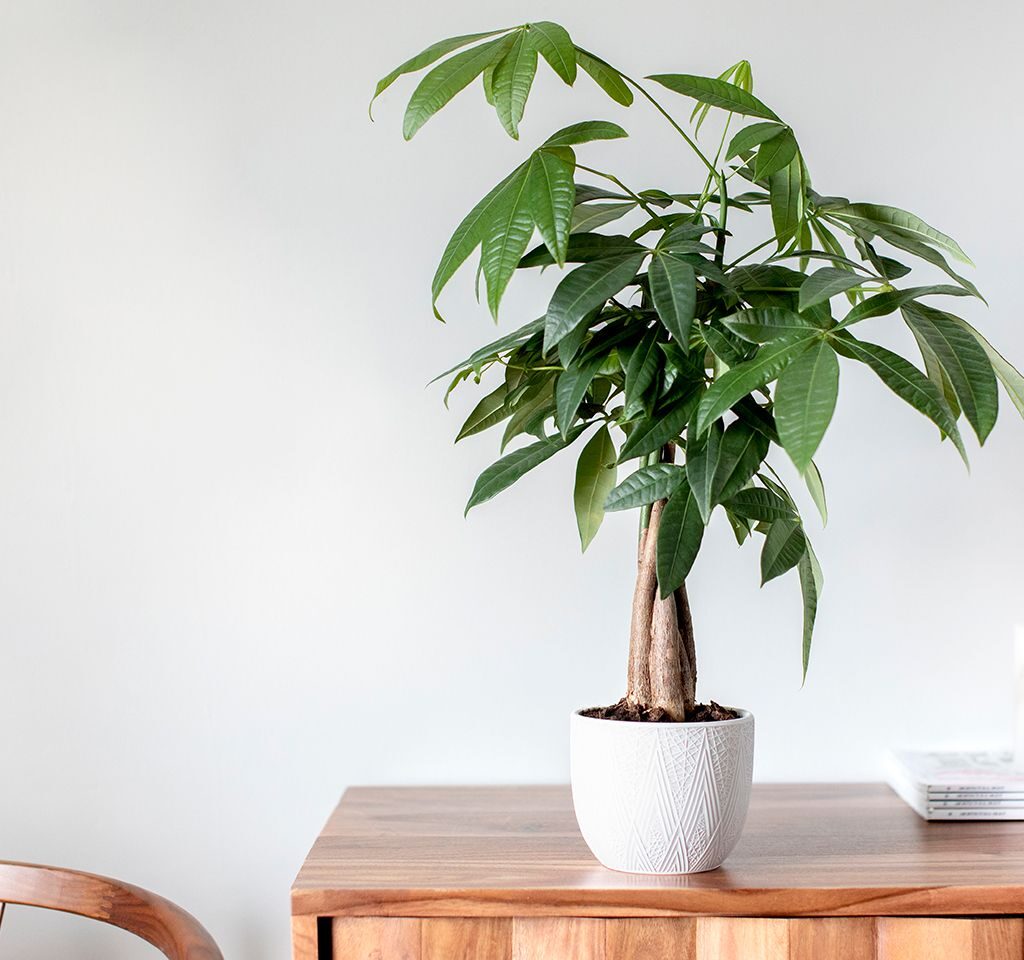
Why Choose a Pachira Plant?
Aside from its cultural symbolism, the Pachira offers several practical benefits:
- Low maintenance and beginner-friendly.
- Air-purifying qualities that help improve indoor air quality.
- Versatile in design — fits in modern, boho, or minimalist interiors.
- Can be grown indoors or outdoors in warm climates.
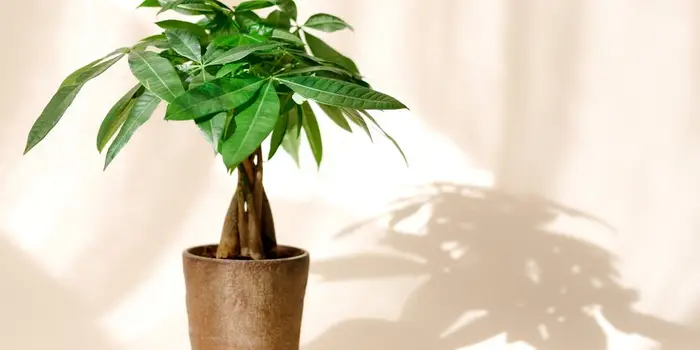
Ideal Growing Conditions for a Pachira Plant
To keep your Money Tree happy, it’s essential to mimic its natural environment as closely as possible. Here’s how:
1. Light Requirements
Pachira plants prefer bright, indirect light.
- Place it near an east-facing or south-facing window where it gets filtered light.
- Avoid direct, harsh afternoon sun, which can scorch its leaves.
- It can tolerate lower light, but growth may slow.
Tip: Rotate the plant occasionally to ensure even growth on all sides.
2. Temperature and Humidity
Since it’s a tropical plant, Pachira thrives in warm, humid environments.
- Ideal temperature range: 65°F to 80°F (18°C to 26°C).
- Avoid exposing it to drafts, sudden temperature drops, or heating vents.
- Humidity: It loves a humid environment. Mist the leaves regularly or place a pebble tray with water beneath the pot to boost humidity.
Tip: During winter, consider using a room humidifier to prevent dry air from damaging the leaves.

Watering Your Pachira Plant
Watering is one of the few areas where people go wrong with the Money Tree. It prefers consistently moist but not soggy soil.
How Often to Water
- Water thoroughly when the top 1-2 inches of soil feel dry.
- Typically, this means watering every 7-10 days in spring and summer and every 2-3 weeks in fall and winter.
Watering Tips
- Use room-temperature, filtered, or rainwater when possible.
- Ensure excess water drains freely through the pot’s drainage holes.
- Never let the plant sit in standing water, as this can cause root rot.
The Best Soil for a Pachira Plant
The Pachira prefers well-draining, nutrient-rich soil that retains some moisture.
Ideal Soil Mix:
- 1 part organic potting soil
- 1 part perlite or coarse sand (for drainage)
- 1 part peat moss or coconut coir (for moisture retention)
You can also use a cactus or succulent mix with added peat for an easy solution.
Fertilizing a Pachira Plant Naturally
Pachira plants aren’t heavy feeders but will benefit from occasional fertilizing during the growing season (spring to early fall).
Natural Fertilizer Options:
- Compost tea: A gentle, organic nutrient boost.
- Diluted fish emulsion: Great for promoting healthy foliage.
- Banana peel water: Soak chopped peels in water overnight and water your plant for a potassium-rich treat.
Feeding Schedule:
Once a month during spring and summer. Skip fertilizing during the fall and winter dormant period.
Pruning and Training Your Pachira Plant
Pruning helps control the size, encourages bushier growth, and maintains the shape of your Money Tree.
When and How to Prune:
- Best done in spring or early summer.
- Use clean, sharp scissors to trim back overgrown, leggy stems.
- Remove any yellowing, damaged, or dead leaves.
- If you have a braided trunk, occasionally adjust or rebraid young stems gently as they grow.
Repotting a Pachira Plant
Pachira plants don’t mind being slightly root-bound but will benefit from repotting every 2-3 years.
When to Repot:
- When roots start emerging from the drainage holes.
- If growth slows significantly despite good care.
- If soil becomes compacted or waterlogged.
Repotting Tips:
- Choose a pot 1-2 inches larger in diameter than the current one.
- Refresh the soil with a well-draining mix.
- Water thoroughly after repotting.
Common Problems and How to Fix Them
Even though Pachira plants are tough, they’re not immune to occasional issues. Here’s how to spot and solve them easily:
| Problem | Cause | Solution |
|---|---|---|
| Yellowing leaves | Overwatering, poor drainage | Let soil dry out, check pot drainage, adjust watering |
| Drooping leaves | Underwatering, temperature shock | Water plant, move away from cold drafts |
| Brown leaf tips | Low humidity, dry air | Mist leaves, increase humidity |
| Root rot | Excess water, soggy soil | Remove affected roots, repot in fresh soil |
| Pests (spider mites, mealybugs) | Dry conditions, poor airflow | Wipe leaves with neem oil solution or soapy water |
Bonus Care Tips for a Healthy Pachira Plant
- Dust leaves regularly to keep them clean and photosynthesizing efficiently.
- Rotate the pot every couple of weeks for balanced growth.
- Use a stake to support tall stems if necessary.
- Avoid moving the plant frequently — sudden changes in location or light can stress it.
Benefits of Keeping a Pachira Plant
- Aesthetic appeal: Its lush, green leaves and braided trunk add elegance to any room.
- Symbol of prosperity: Traditionally believed to attract wealth and good fortune.
- Air purifier: Helps remove pollutants and improve indoor air quality.
- Low maintenance: Perfect for beginners and busy plant parents.
Final Thoughts
Caring for a Pachira plant is refreshingly easy when you follow its simple preferences for light, water, soil, and humidity. By providing a warm, bright, and moderately humid environment, watering consistently without overdoing it, and feeding naturally during the growing season, you’ll enjoy a vibrant, healthy Money Tree for years to come.
Whether you believe in its fortune-bringing powers or simply appreciate its beauty and resilience, the Pachira aquatica is a must-have for any indoor plant lover.

